Ever since the first Fitbit appeared, various fitness trackers have taken a really important place in the technology world. Although Fitbit was far from the first fitness tracker, it laid the groundwork for the billions of dollars that fitness wearables generate today.
Today's fitness trackers must be able to track heart rate at a minimum. As far as health indicators go, it's one of the most basic – and few other measurements provide such immediate utility. Heart rate directly informs your exercise intensity and can help you optimize your training to meet your goals. Resting heart rate can also be an important indicator of your overall health (in general, lower is better).
You could be interested in
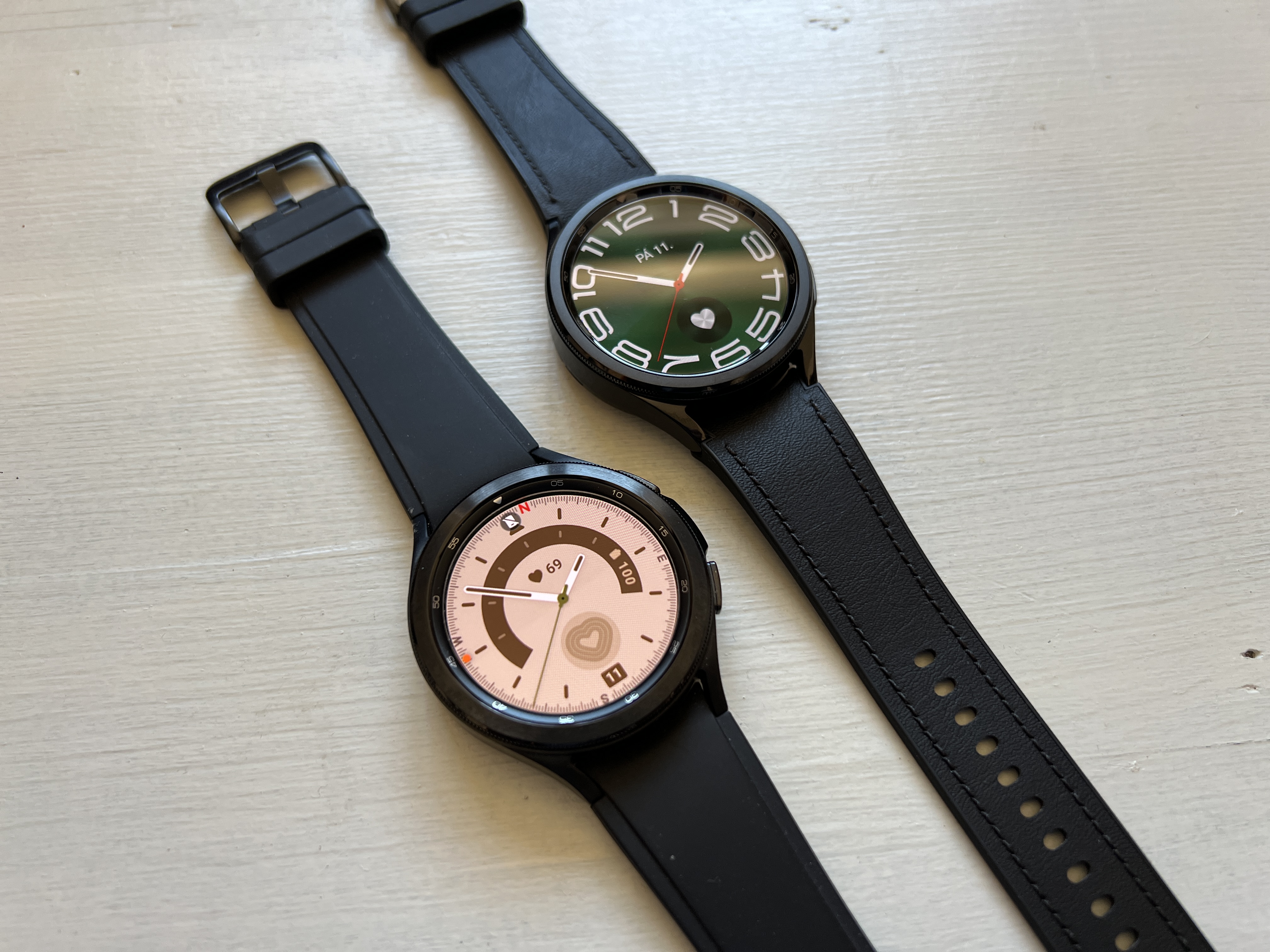
Photoplethysmography
So how does your smartwatch measure your heart rate all day in such a small body, even for days without a charge? Most smartwatches use a technique called photoplethysmography. Basically, it uses light to record changes in the volume of your blood vessels. Most smartwatches achieve this with a green LED and a photodetector.
Green light illuminates the skin, tissue and underlying blood vessels, while a photodetector measures minute changes in the reflected light. As blood vessels expand and fill with blood, they absorb more green light; as they shrink, they reflect more green light. These fluctuations create a wave called a photoplethysmogram (PPG), whose peaks and troughs indicate heart rate. Green light is used because it does not penetrate the skin as deeply as red and infrared light.
Electrocardiography
The gold standard for non-invasive measurement of the heart is the electrocardiogram - EKG. Although the wearable EKG has been around for decades, it has only been available on smartwatches since 2018. The EKG measures the electrical activity of the heart by collecting data through electrodes attached to the skin. These electrodes pick up tiny electrical signals of the heart's contraction and relaxation that travel throughout the body. While a hospital EKG typically uses 10 electrodes, devices like the Google Pixel Watch they only use two.
How fitness trackers measure blood oxygen saturation
Blood oxygen saturation (SpO₂) came into the public eye as early as 2020 when COVID began to dominate the news. Since then, almost every smartwatch and fitness tracker offers technology to record it. Although knowledge of SpO₂ can offer informace about your health is not as immediately useful for your fitness as knowing your heart rate. As with heart rate, fitness trackers use PPG technology to calculate SpO₂. To detect this ratio, smart watches and fitness trackers produce a PPG wave from two LEDs, one red and one infrared. By comparing the intensity of these two signals, SpO₂ can be estimated.
How fitness trackers and wearables measure body fat
Fitness trackers that also measure body fat first started appearing around 2020. Smart watches such as Samsung Galaxy Watch5, estimate body fat percentage (and overall body composition) using a technique called bioelectrical impedance analysis (BIA). Wrist devices that use BIA send an electric current through the arms and measure the difference in the electrical signal at the two ends.
Because water is the body's main conductor of electricity, BIA essentially provides an estimate (based on your height, weight, and gender) of your total body water volume. Most of the water in our body is found in the blood, muscles and organs; she has very little in her fat reserves. In general, approximately 73% of water is found in the fat-free mass of our body. By subtracting this fat-free mass from total body weight, we can reasonably estimate body fat percentage.
How fitness trackers measure skin temperature
Skin temperature is becoming an increasingly popular feature of fitness trackers, especially among women tracking their ovulation cycle. Fitness trackers measure skin temperature using infrared thermometers that use a combination of a thermocouple and thermistor.
You could be interested in
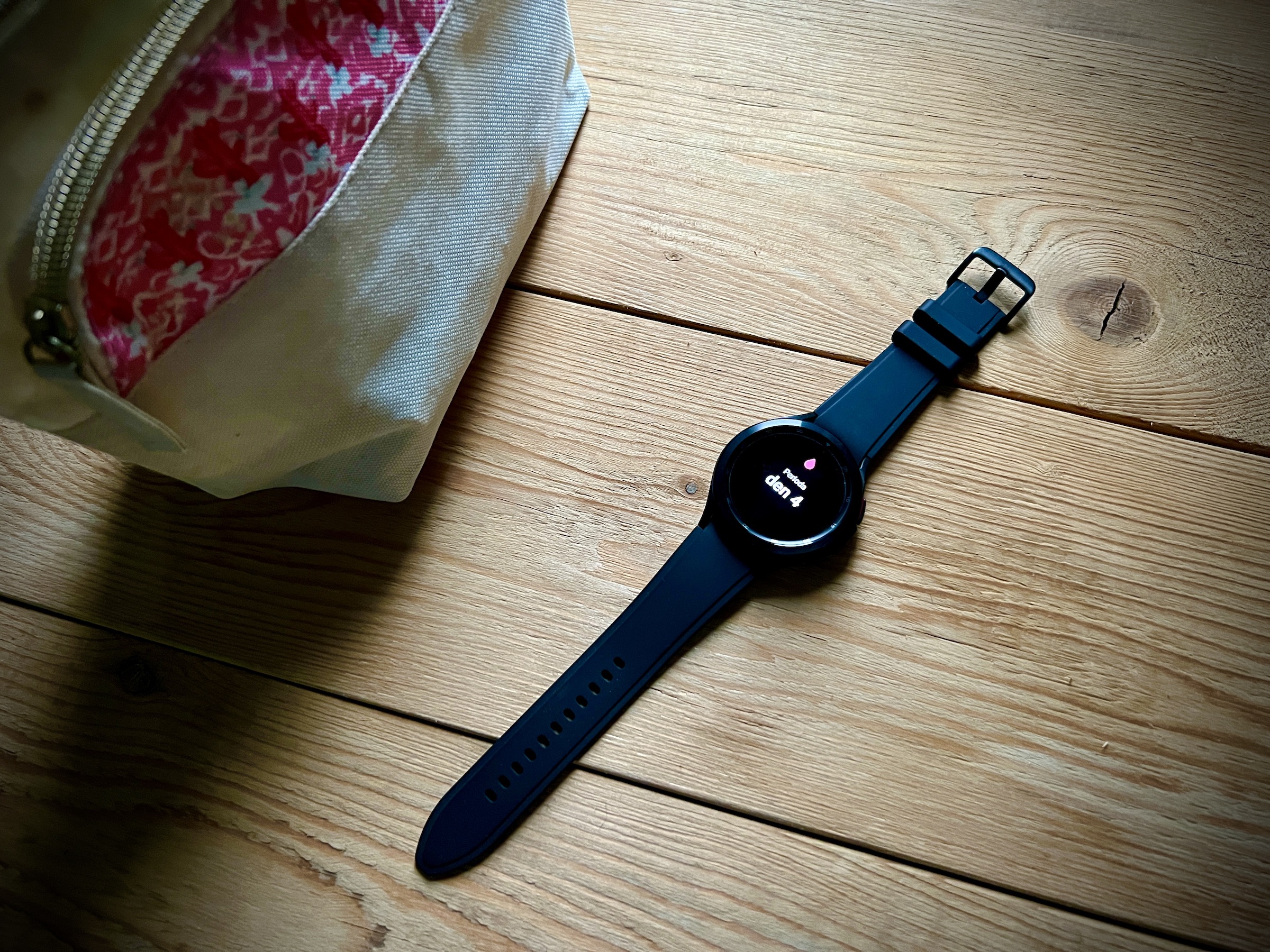
How fitness trackers and smartwatches count steps
Step counting is the foundation on which the modern fitness tracker industry is built. Unlike some of the other technologies we've discussed so far, step counting is pretty trivial. Almost every fitness tracker, smartwatch and smartphone has a three-axis accelerometer, an electrical device that can measure changes in speed as you move up and down, forward and backward, and left and right. By analyzing the peaks and troughs of accelerometer data and comparing them to known patterns of human walking, the number of steps a person has taken can be roughly approximated.
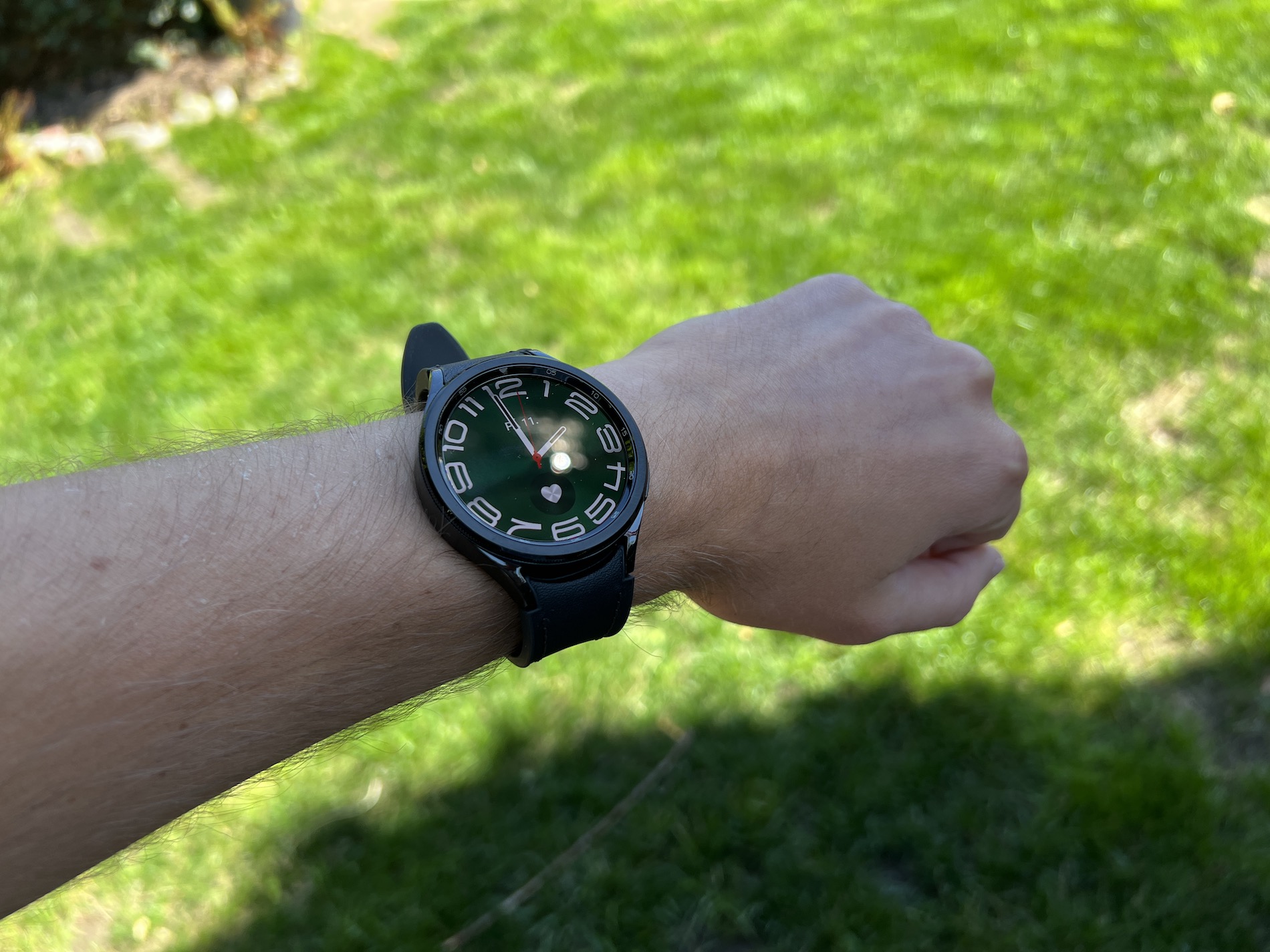
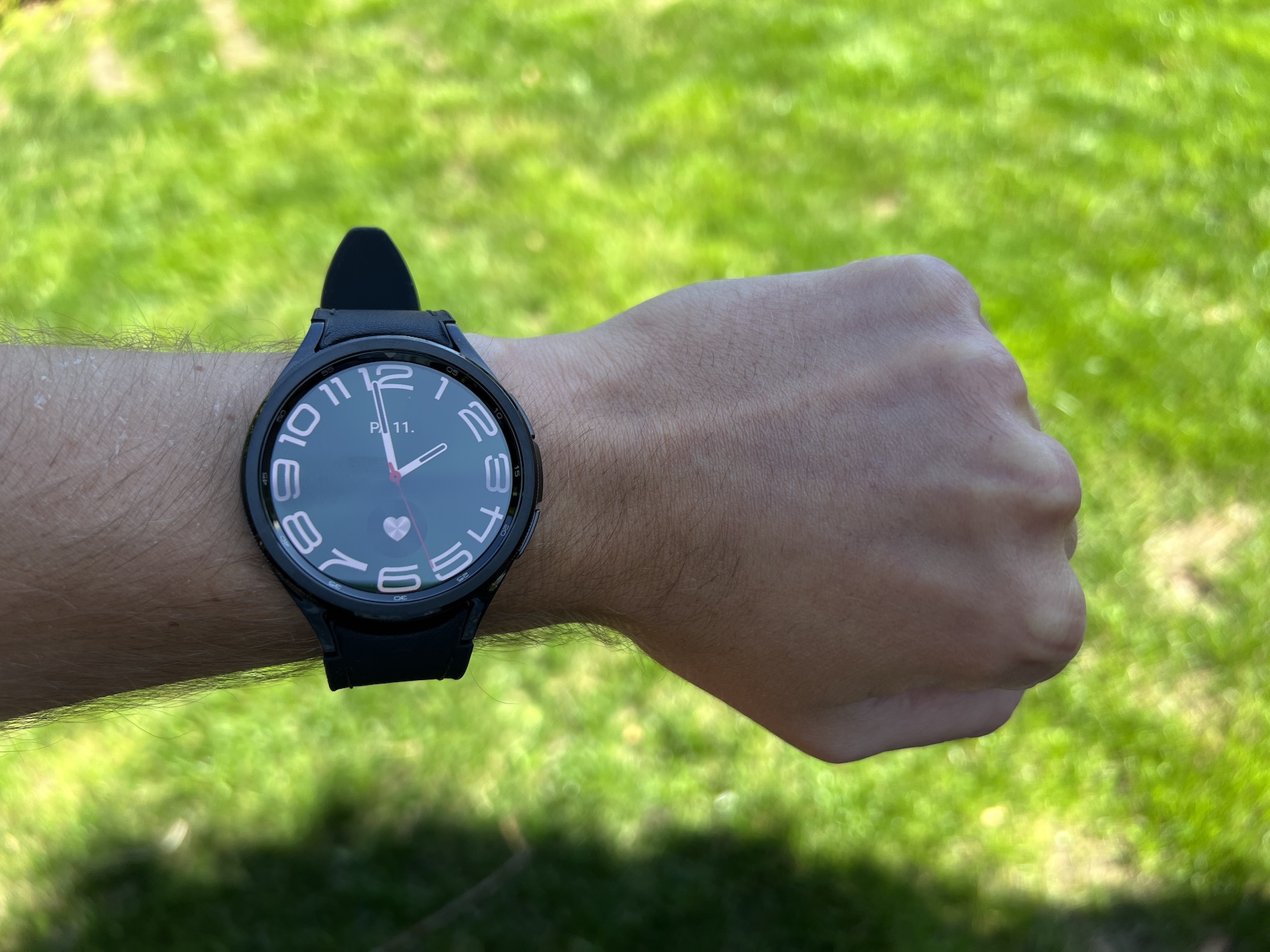
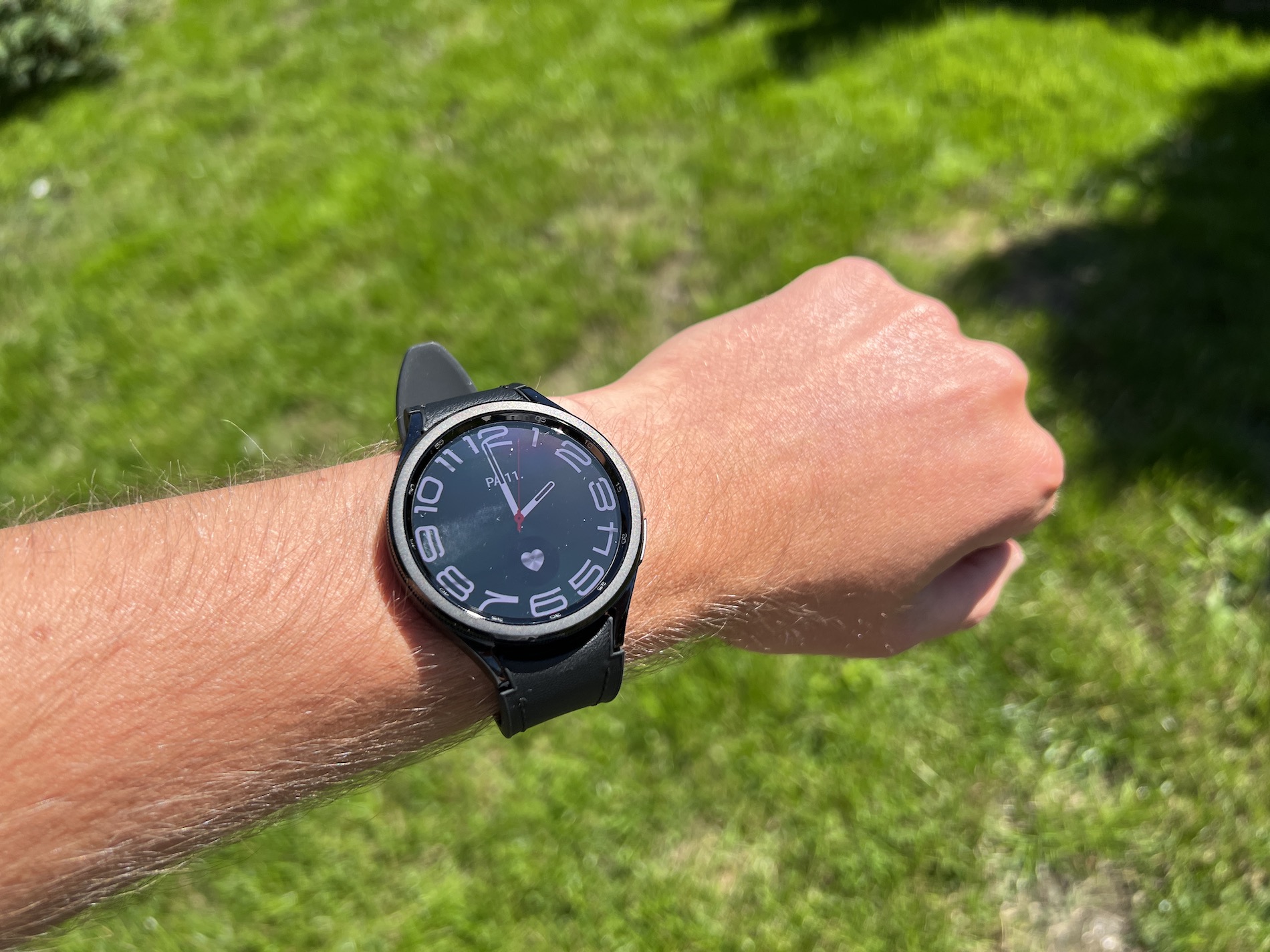
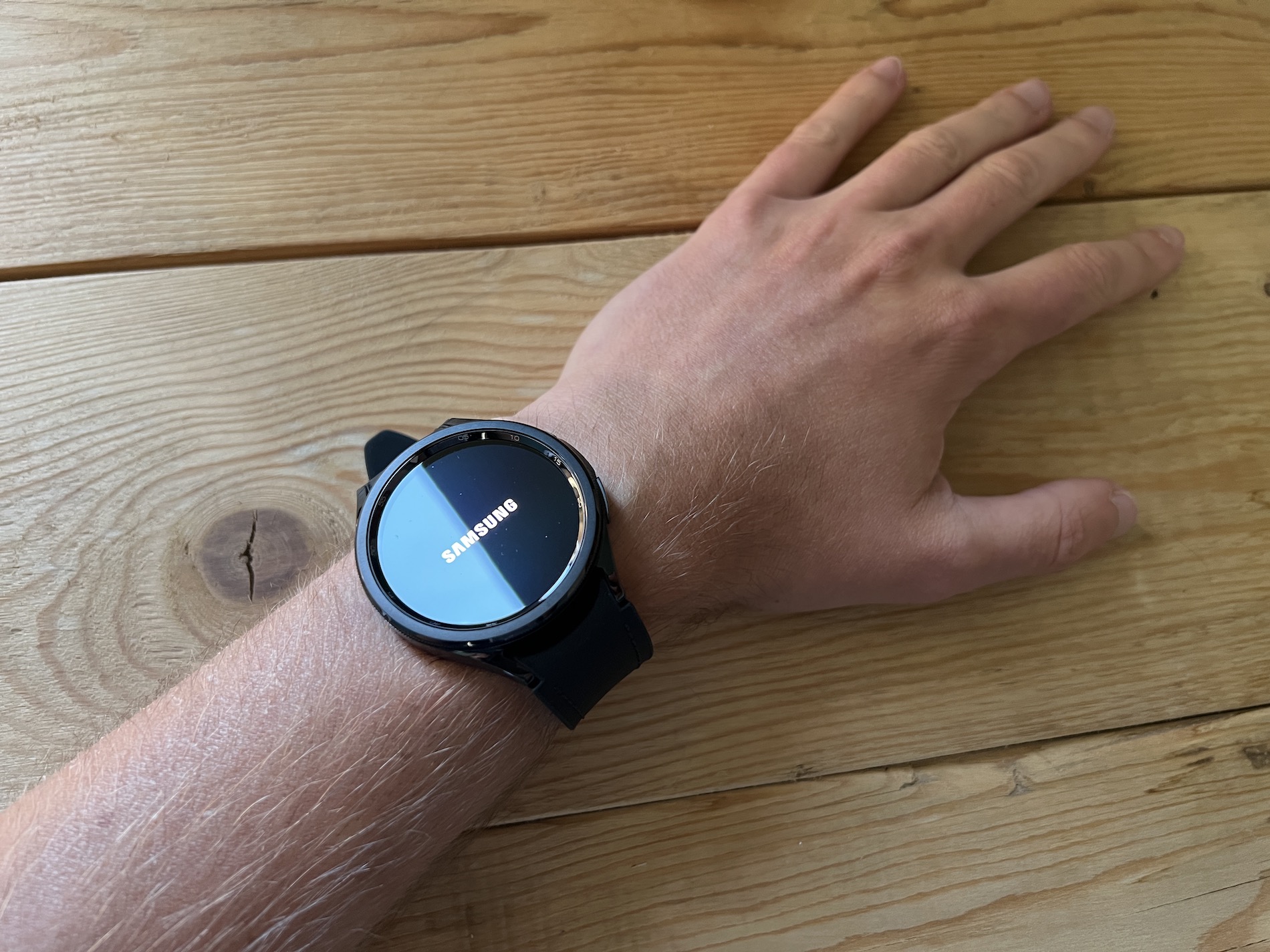
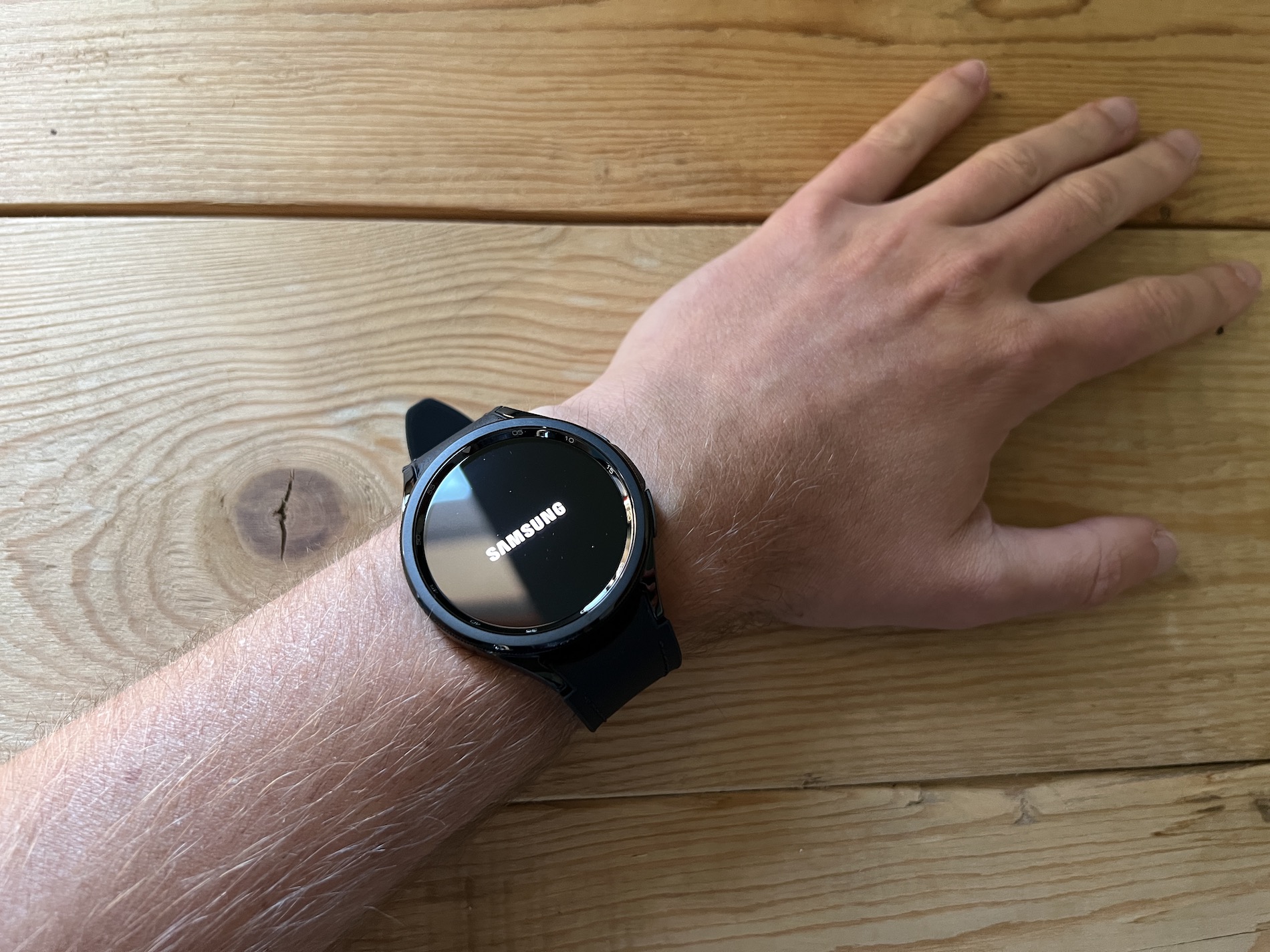
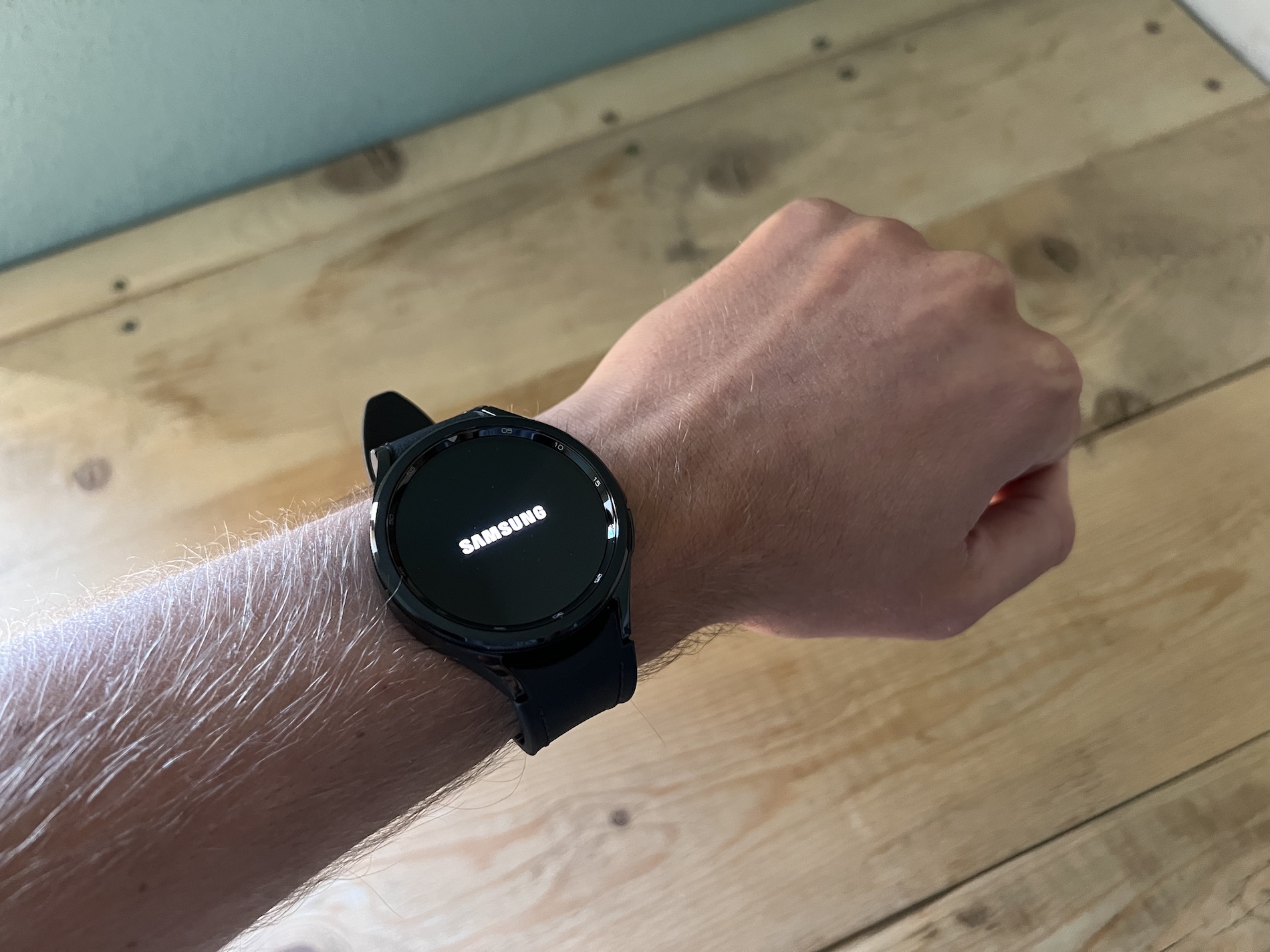
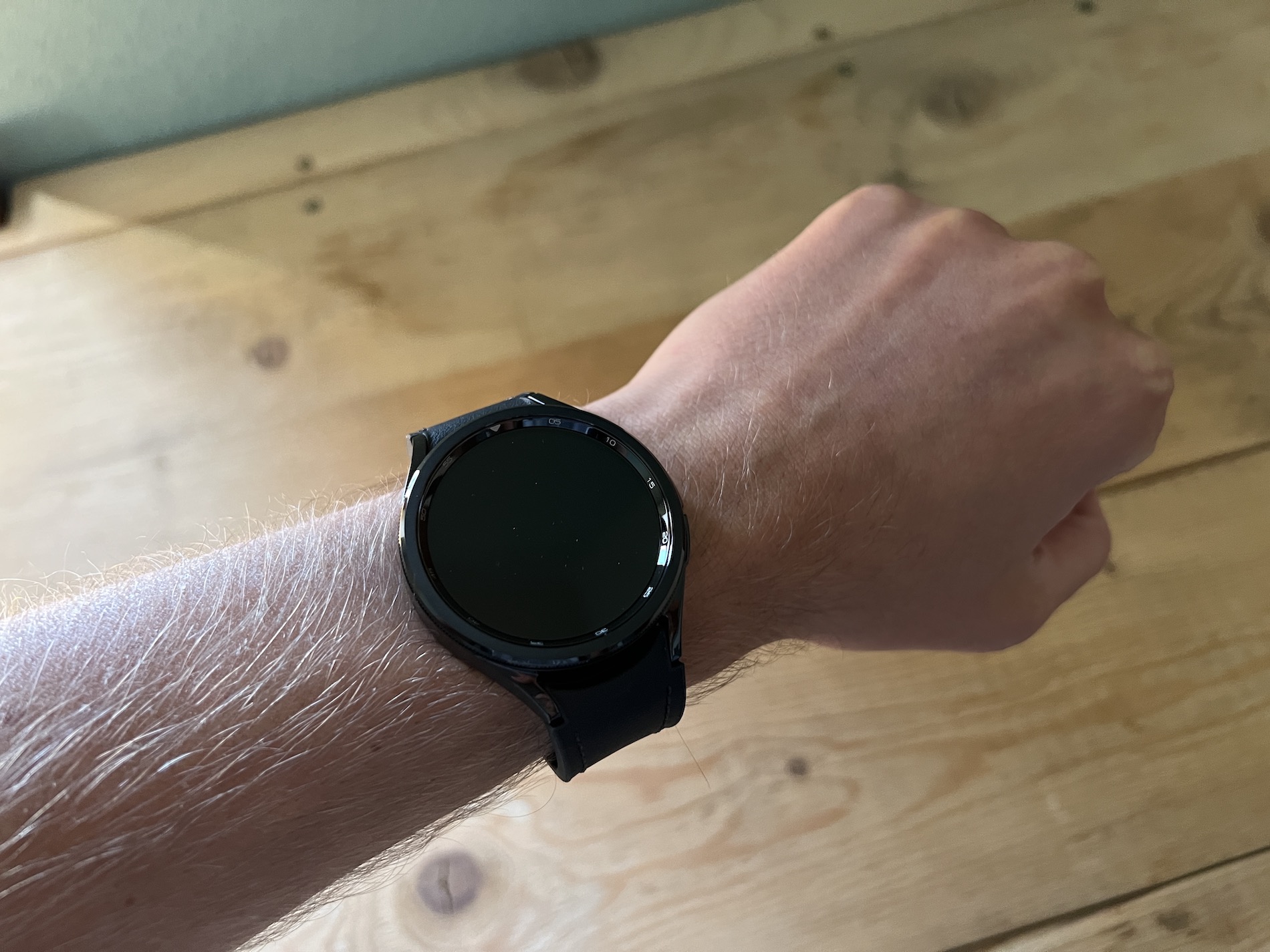
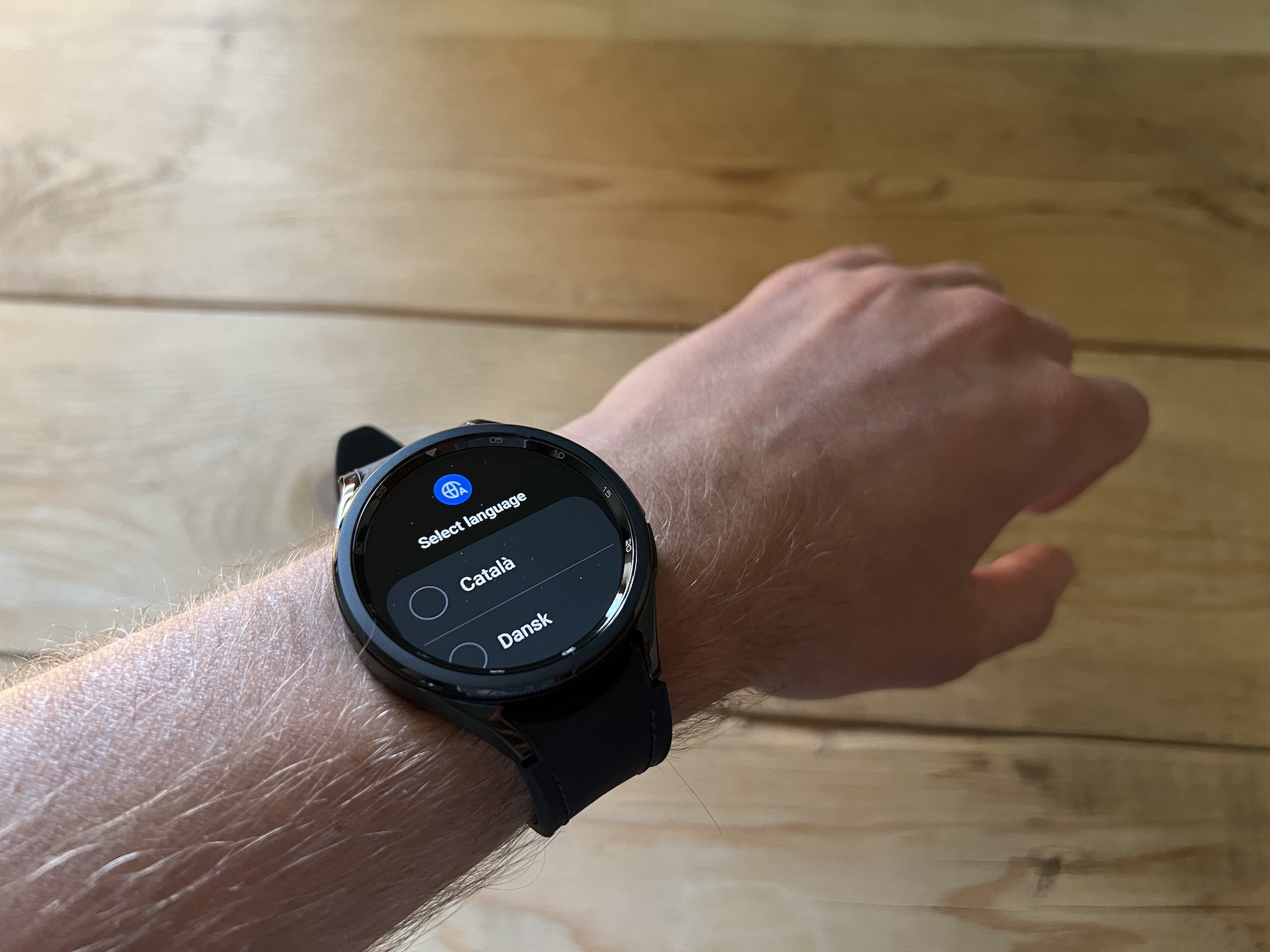
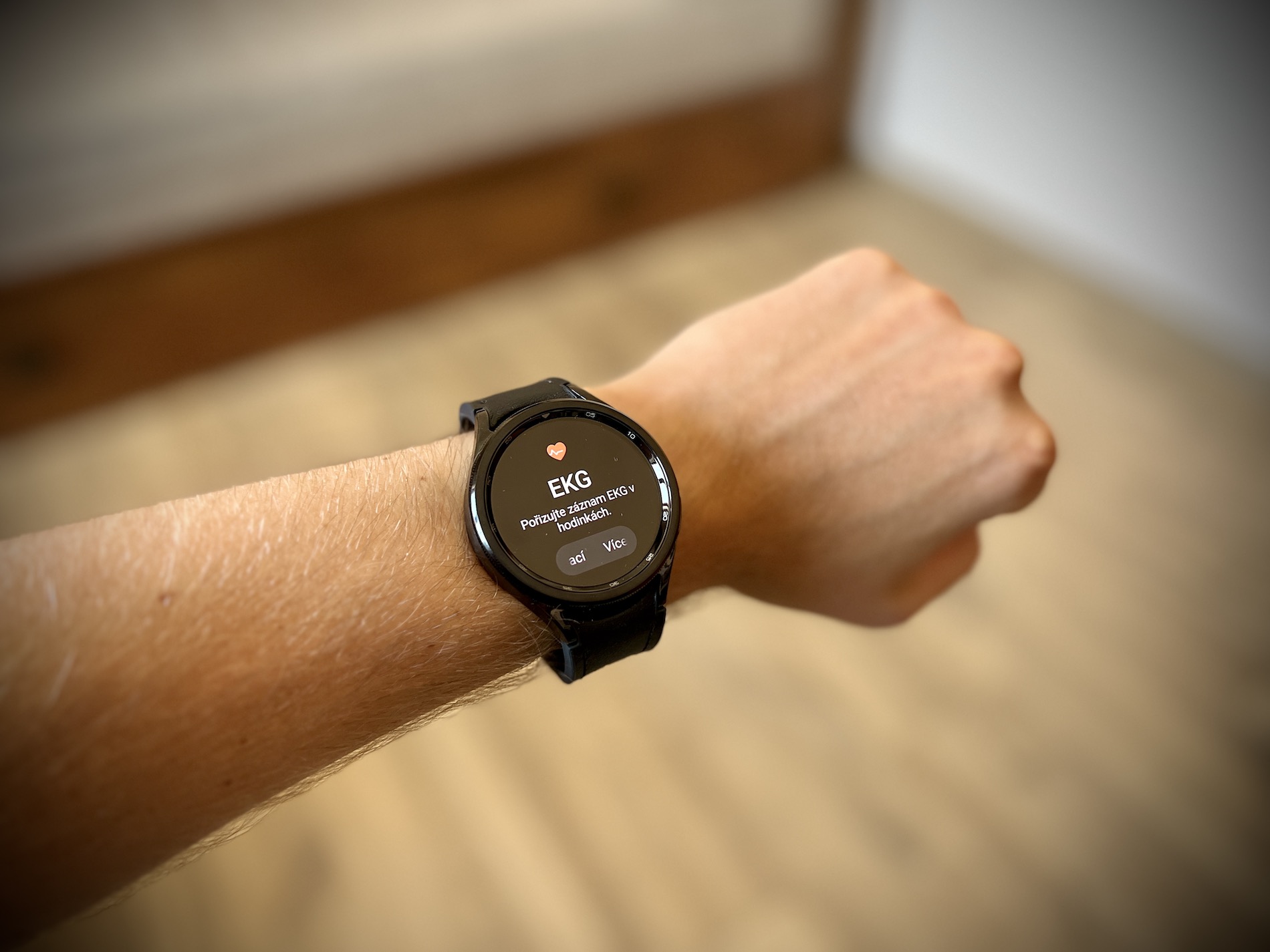
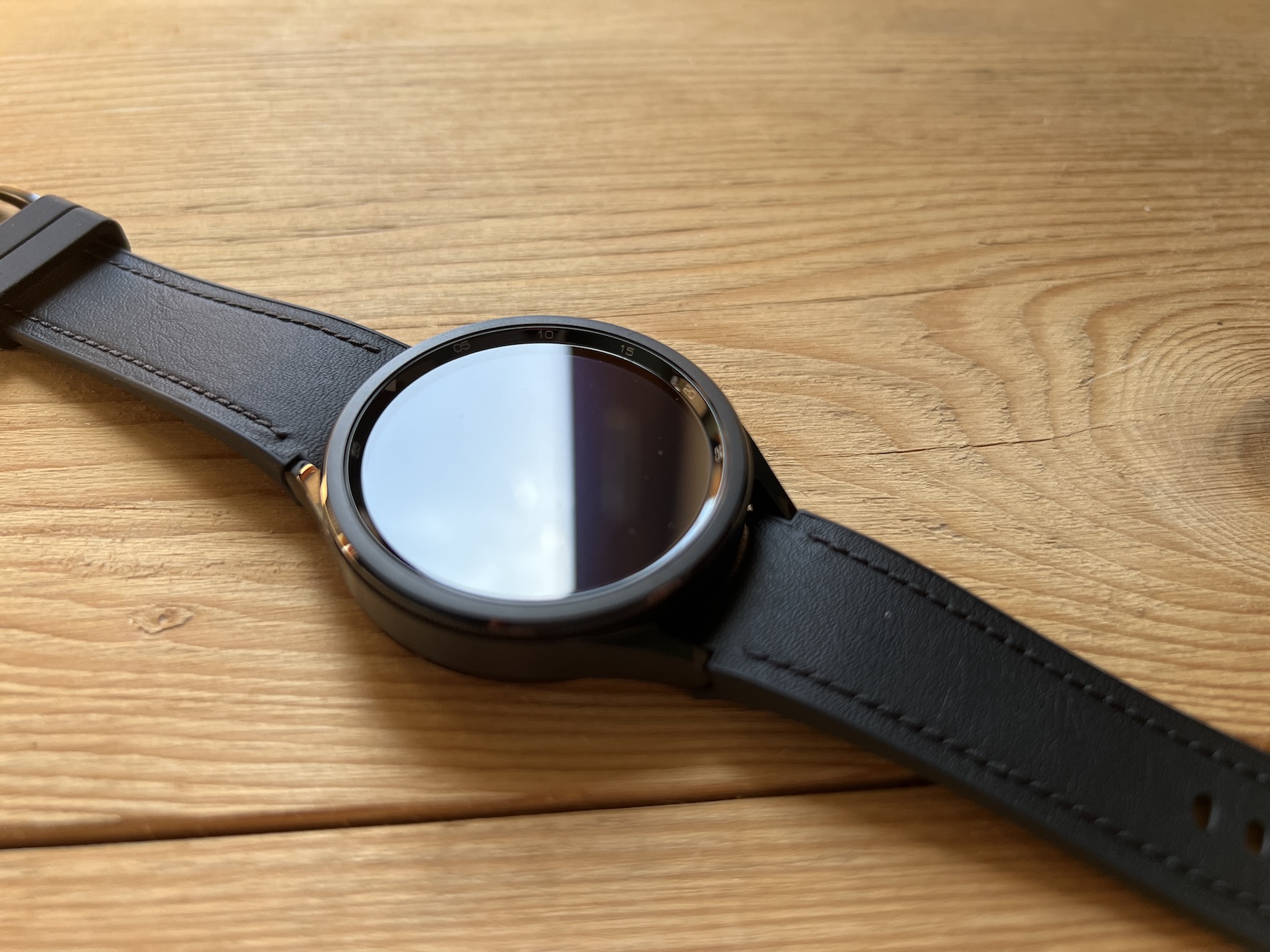
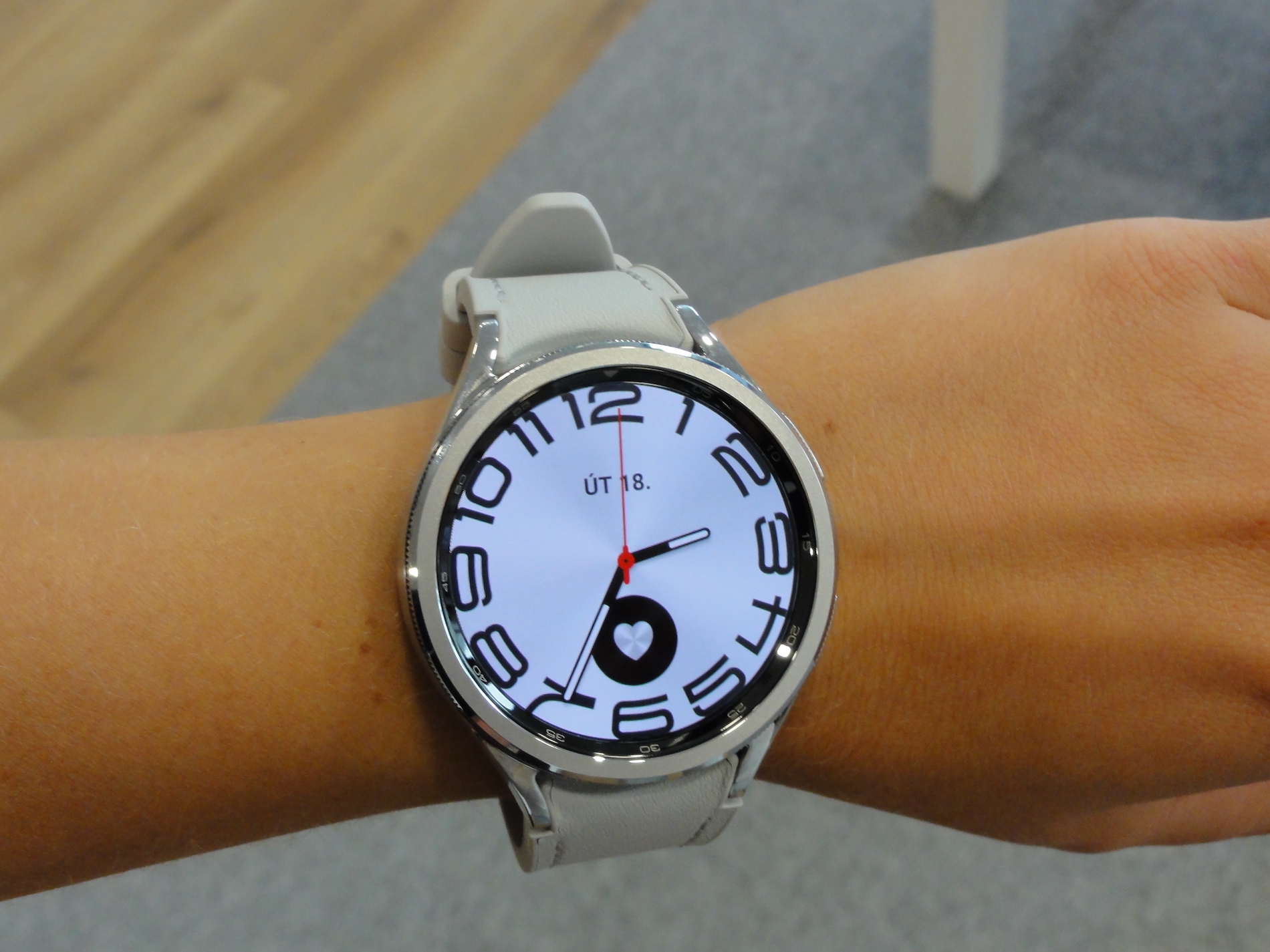
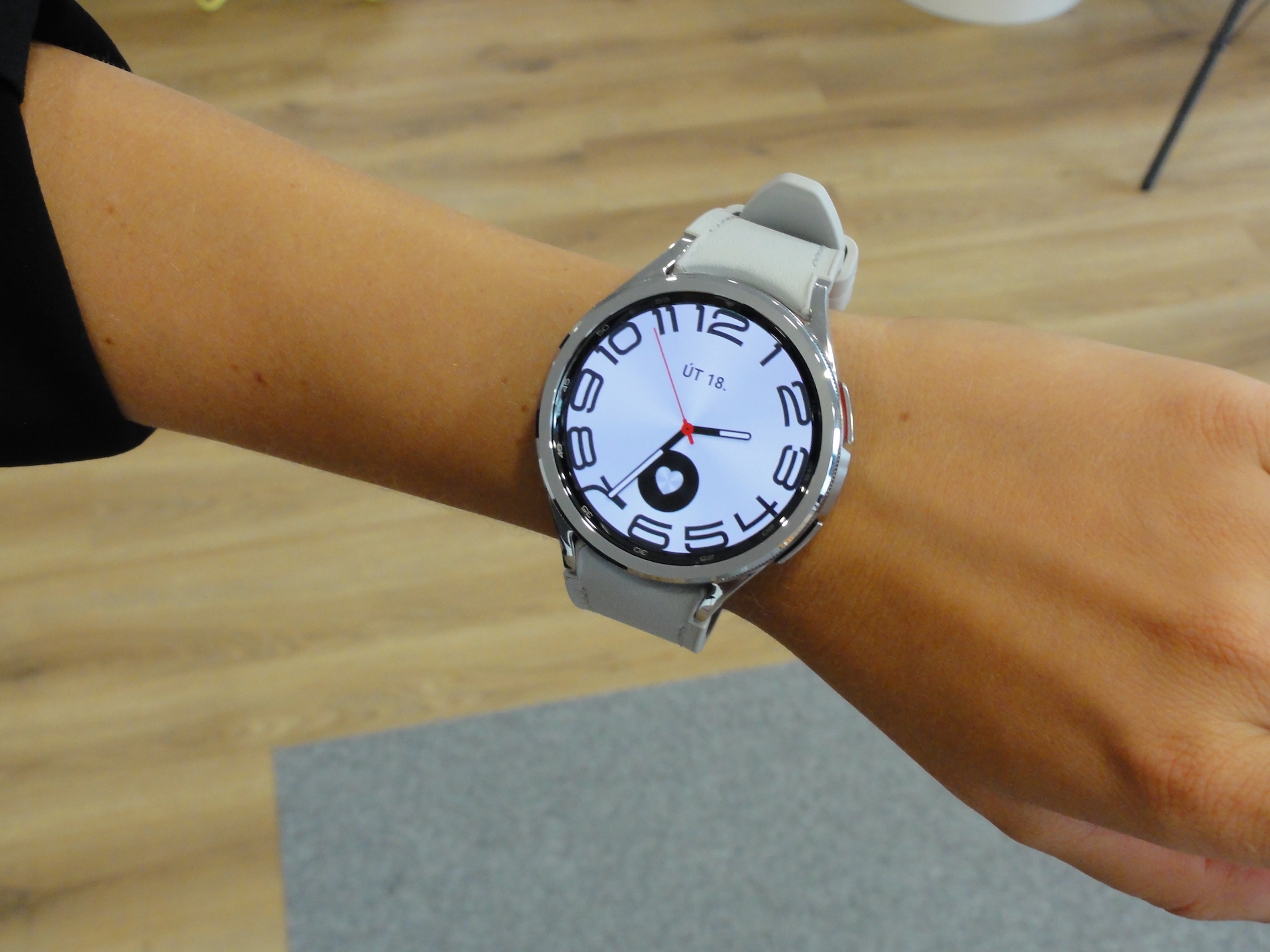
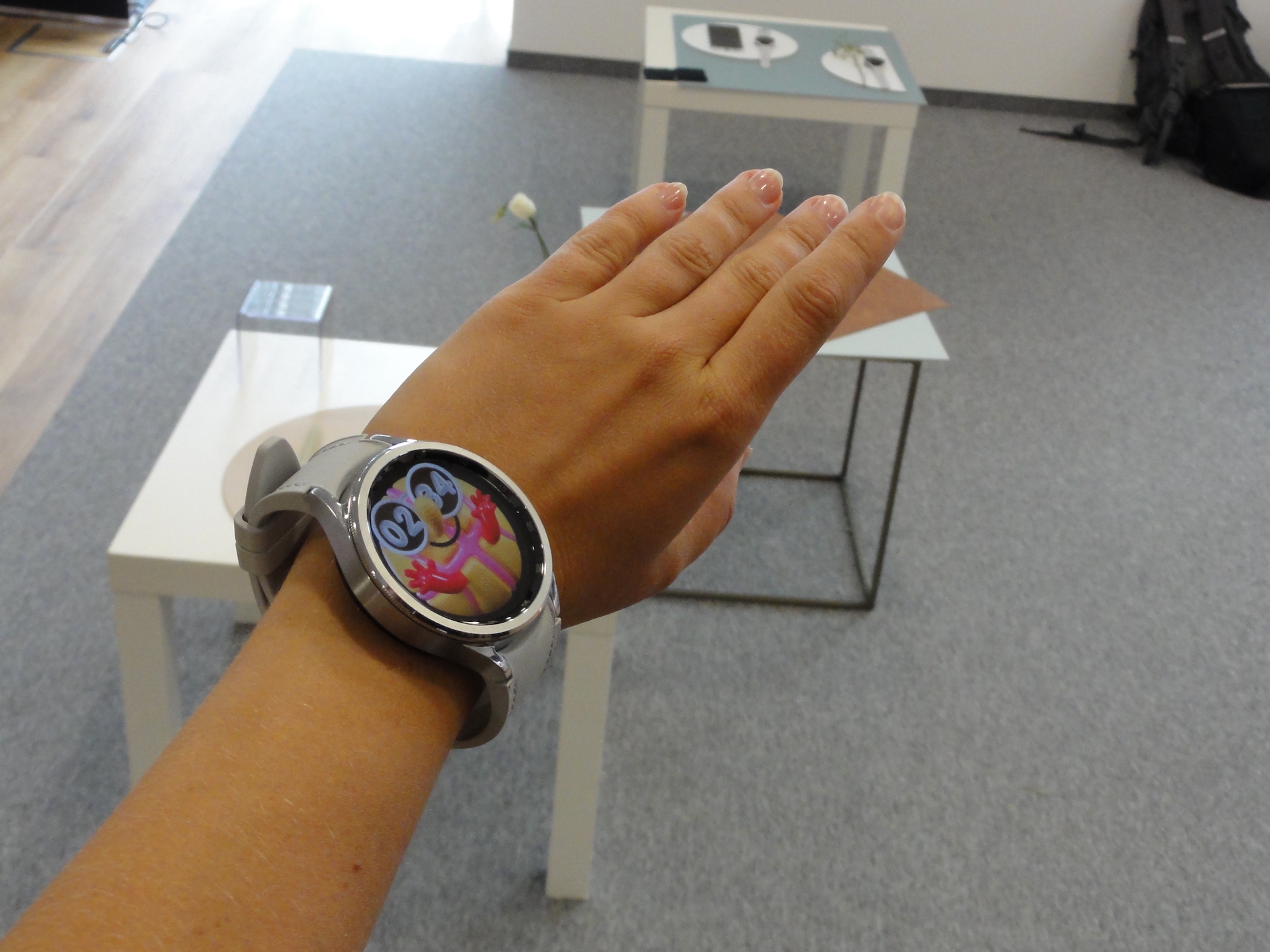
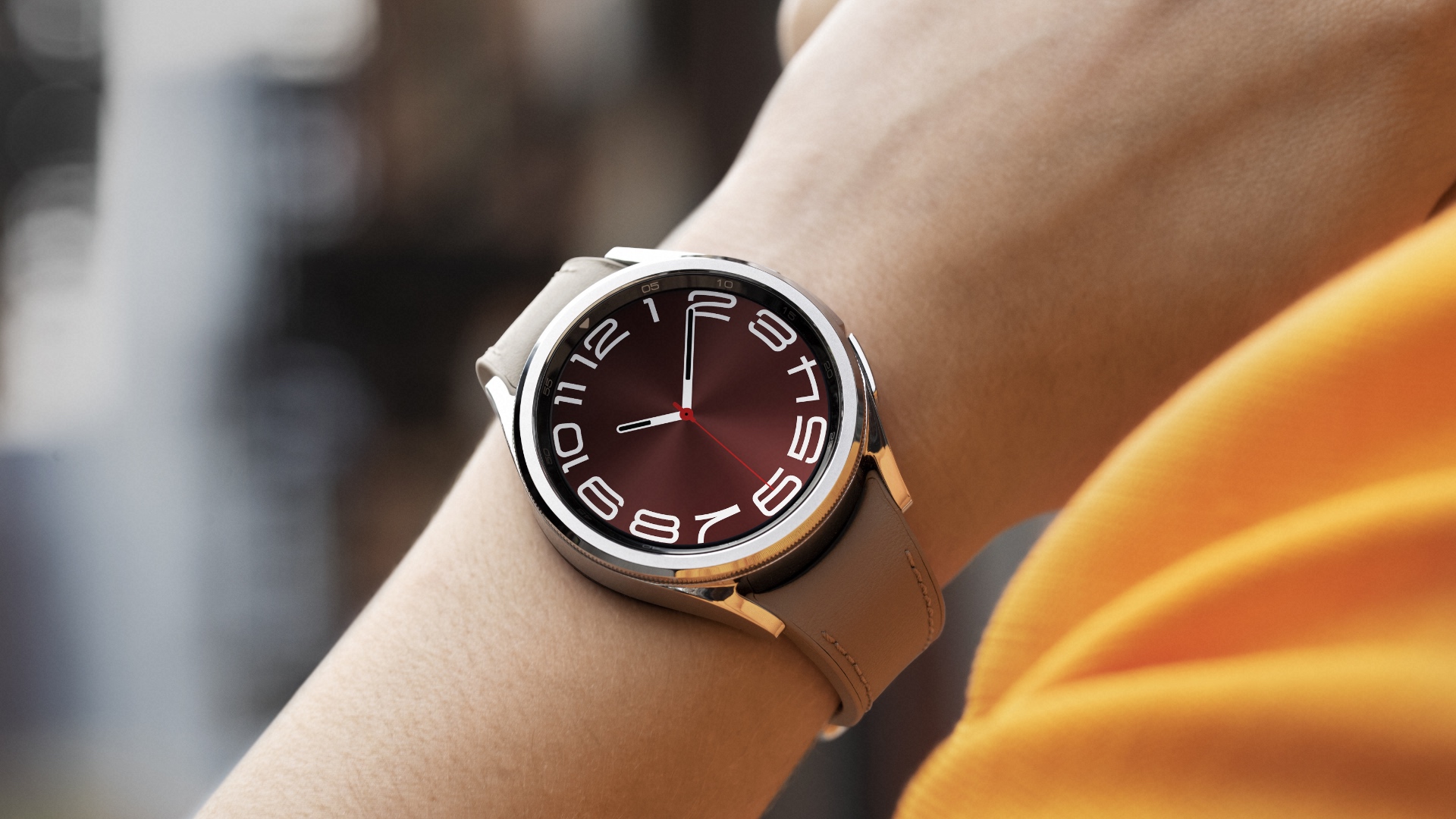
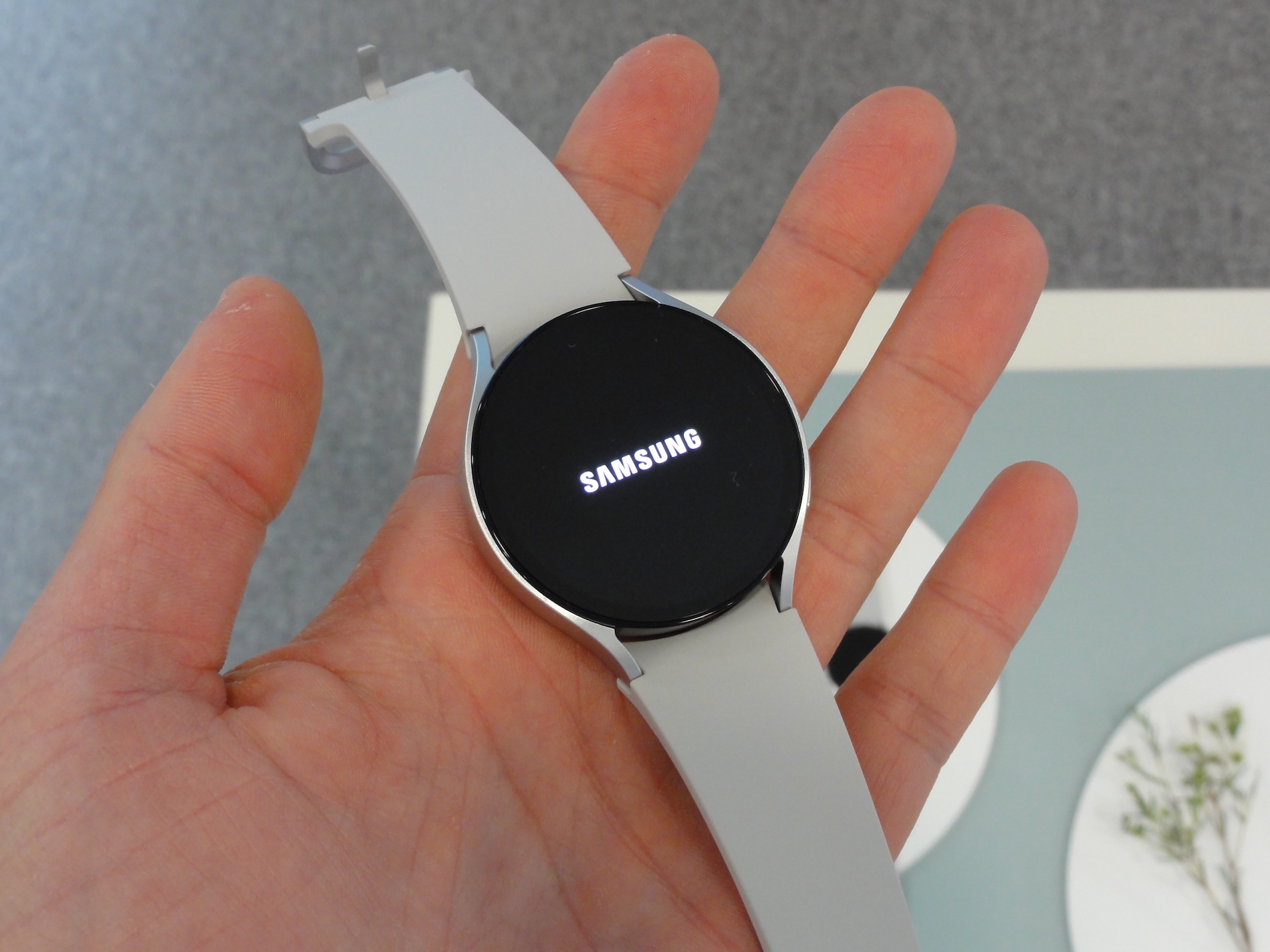
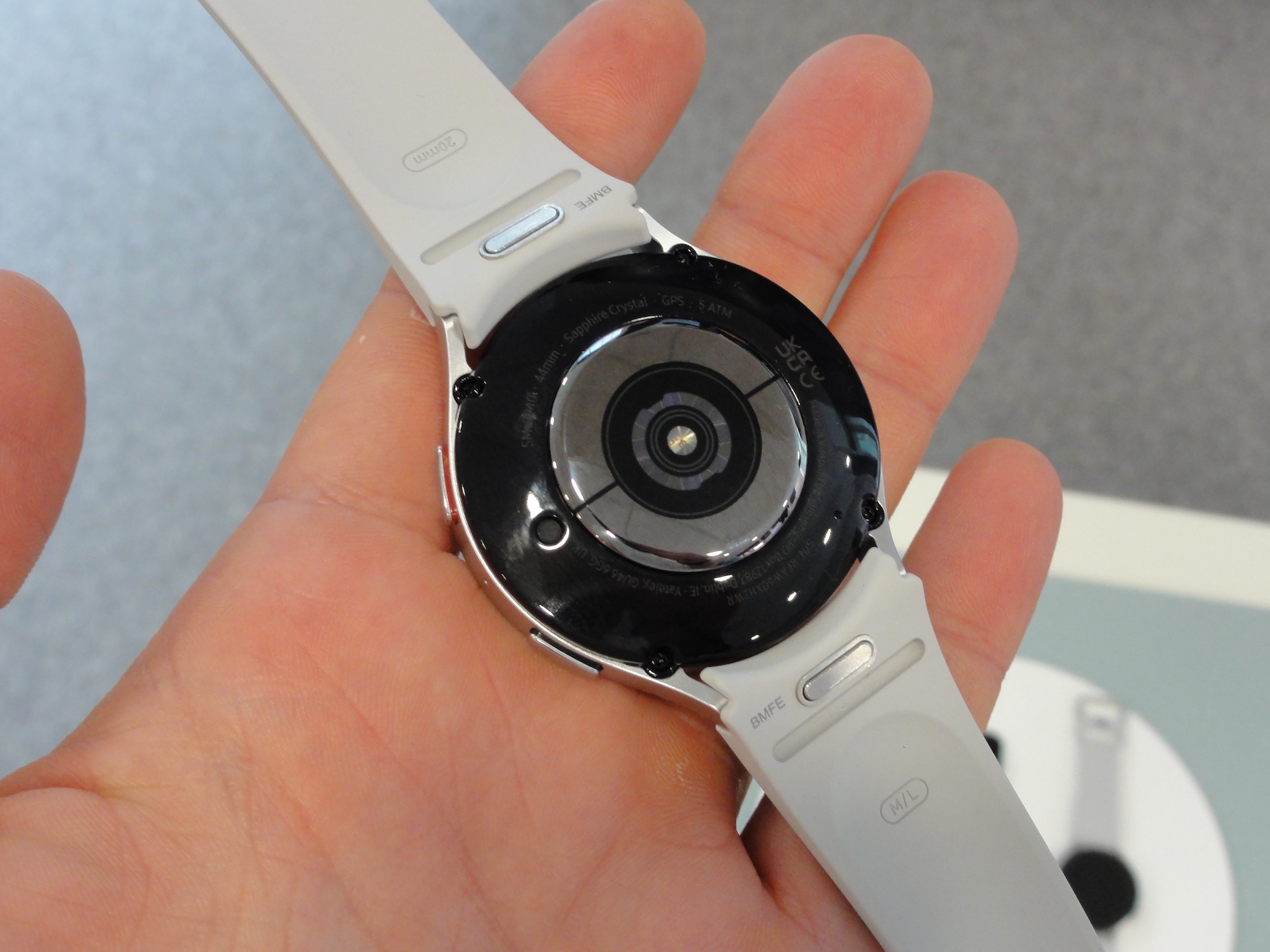
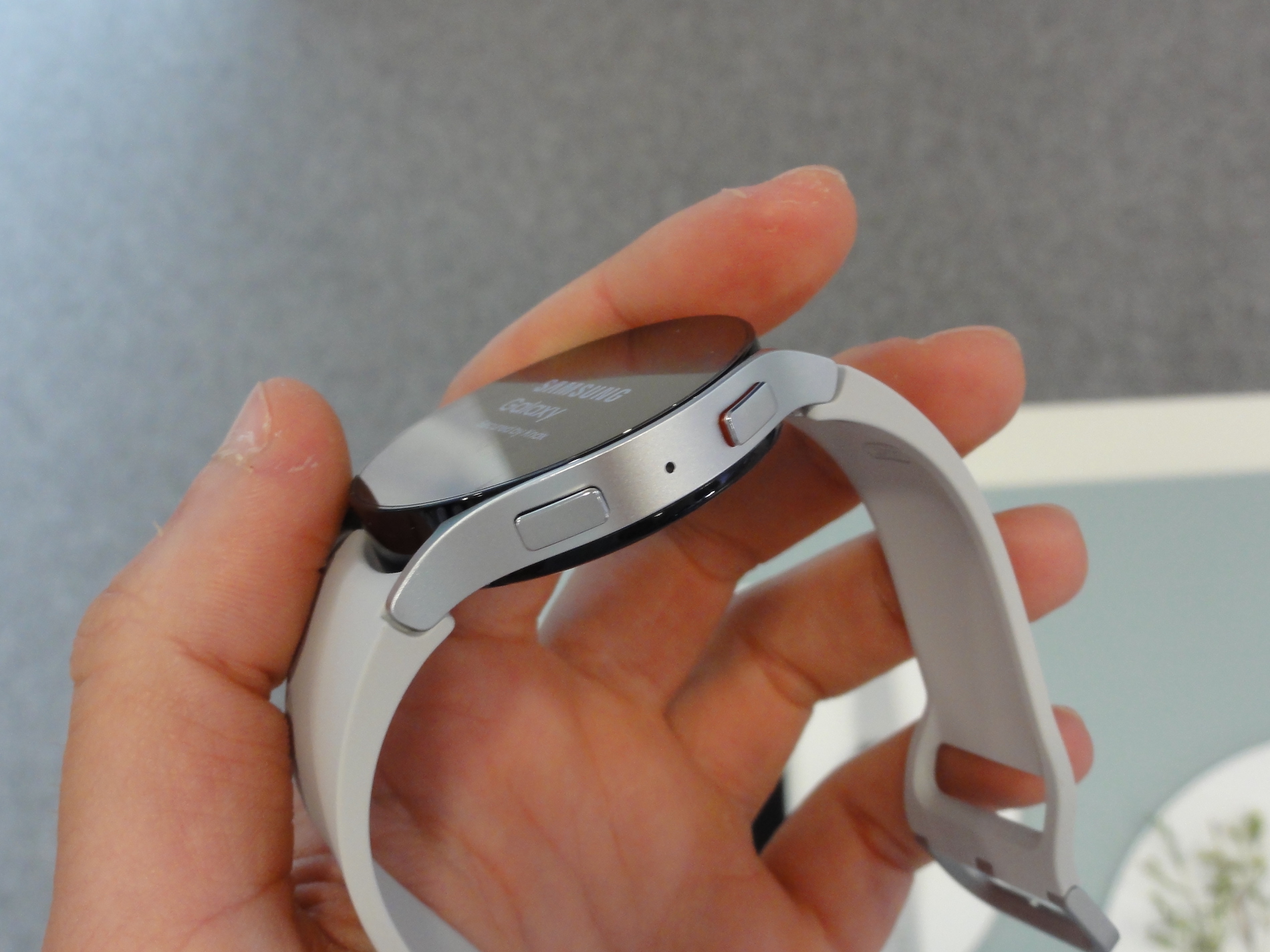
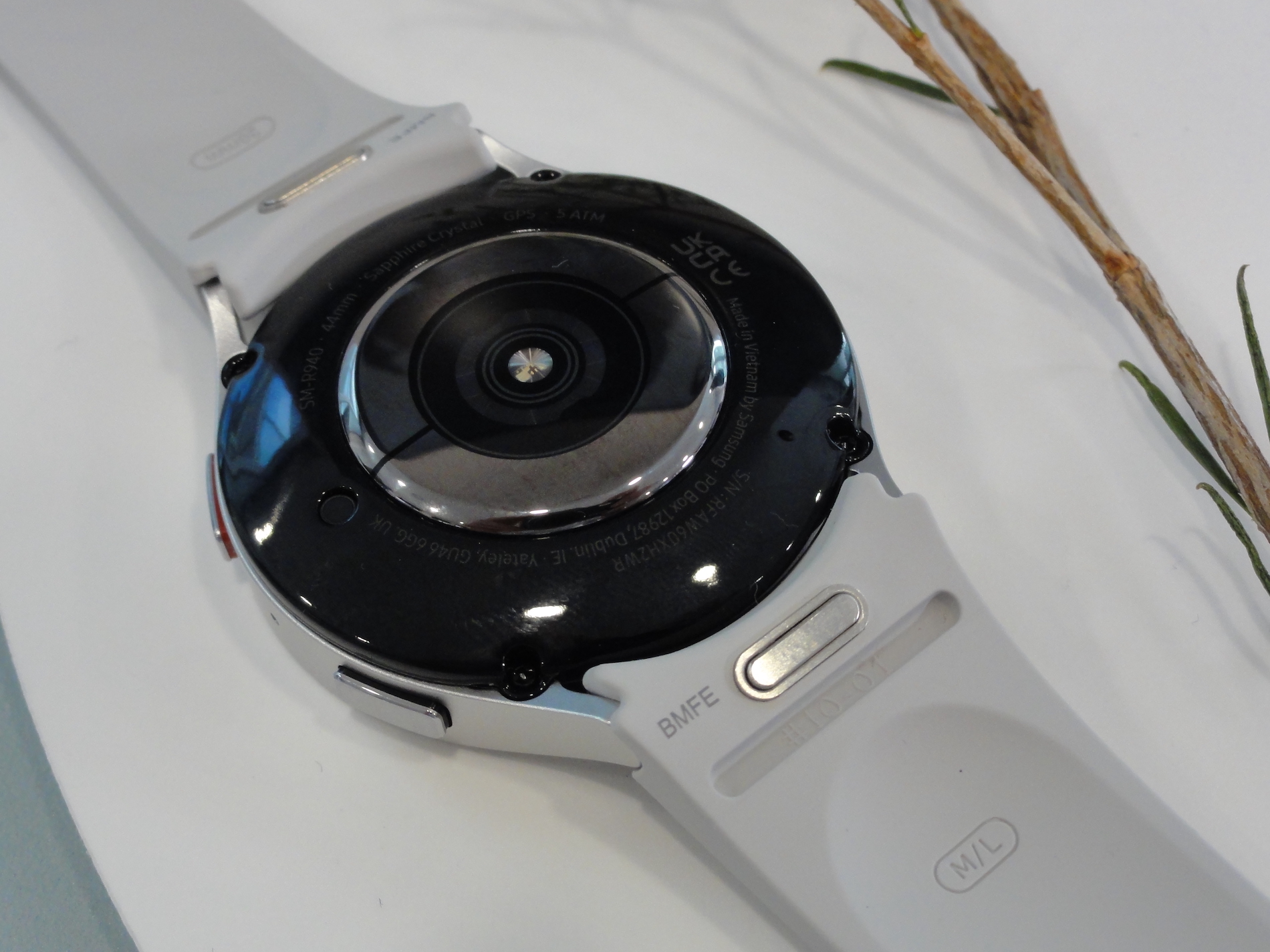
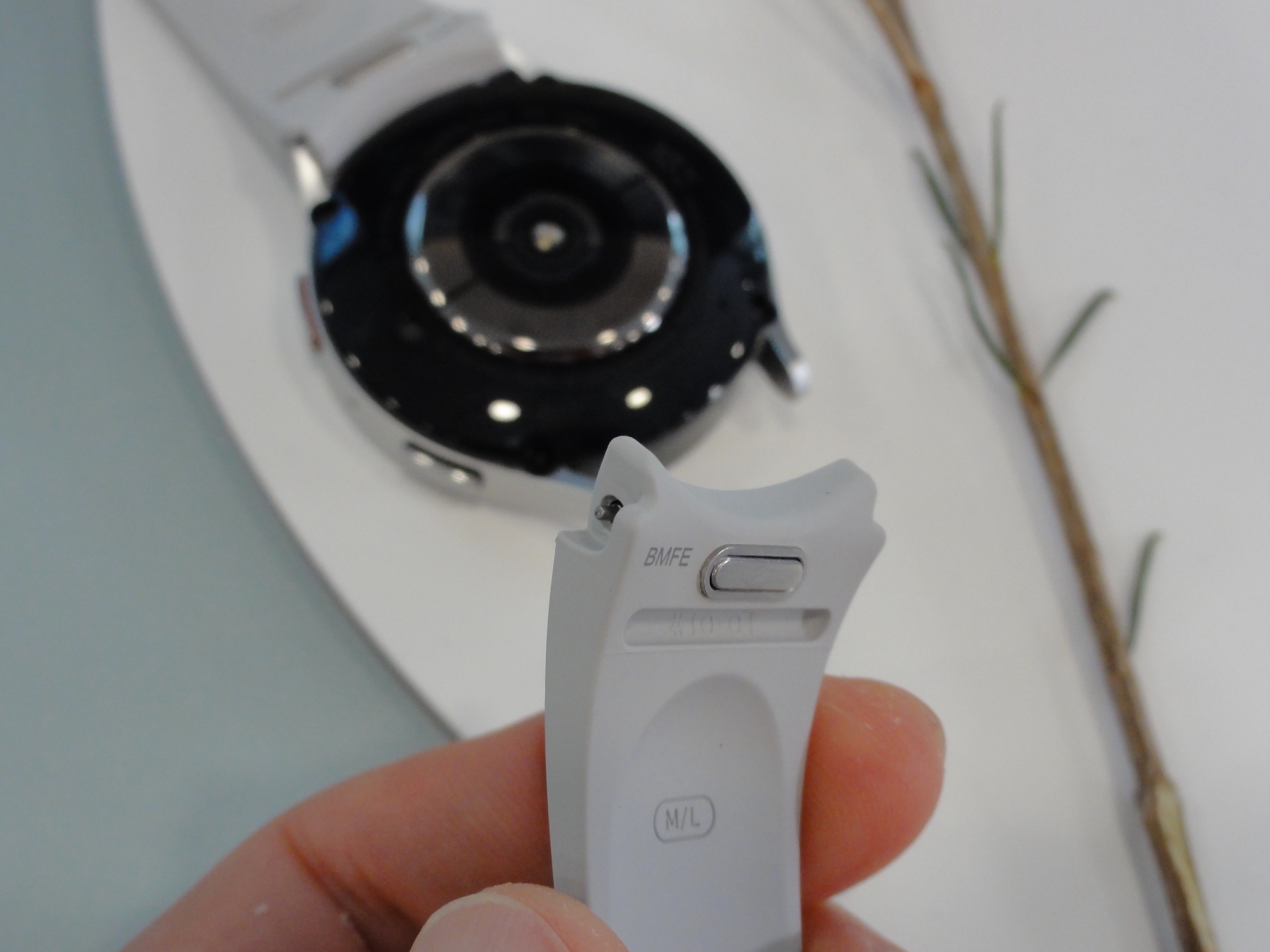
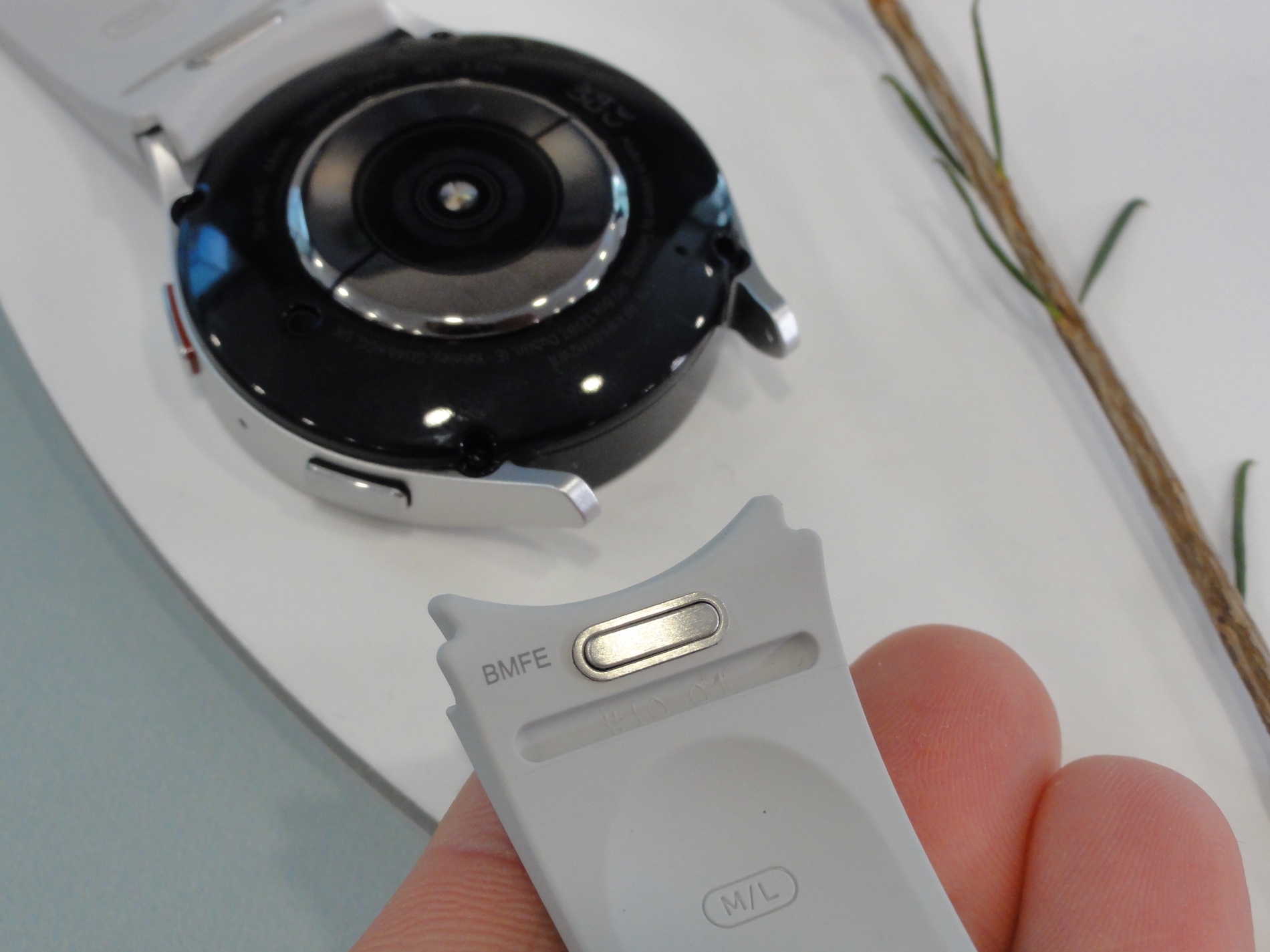
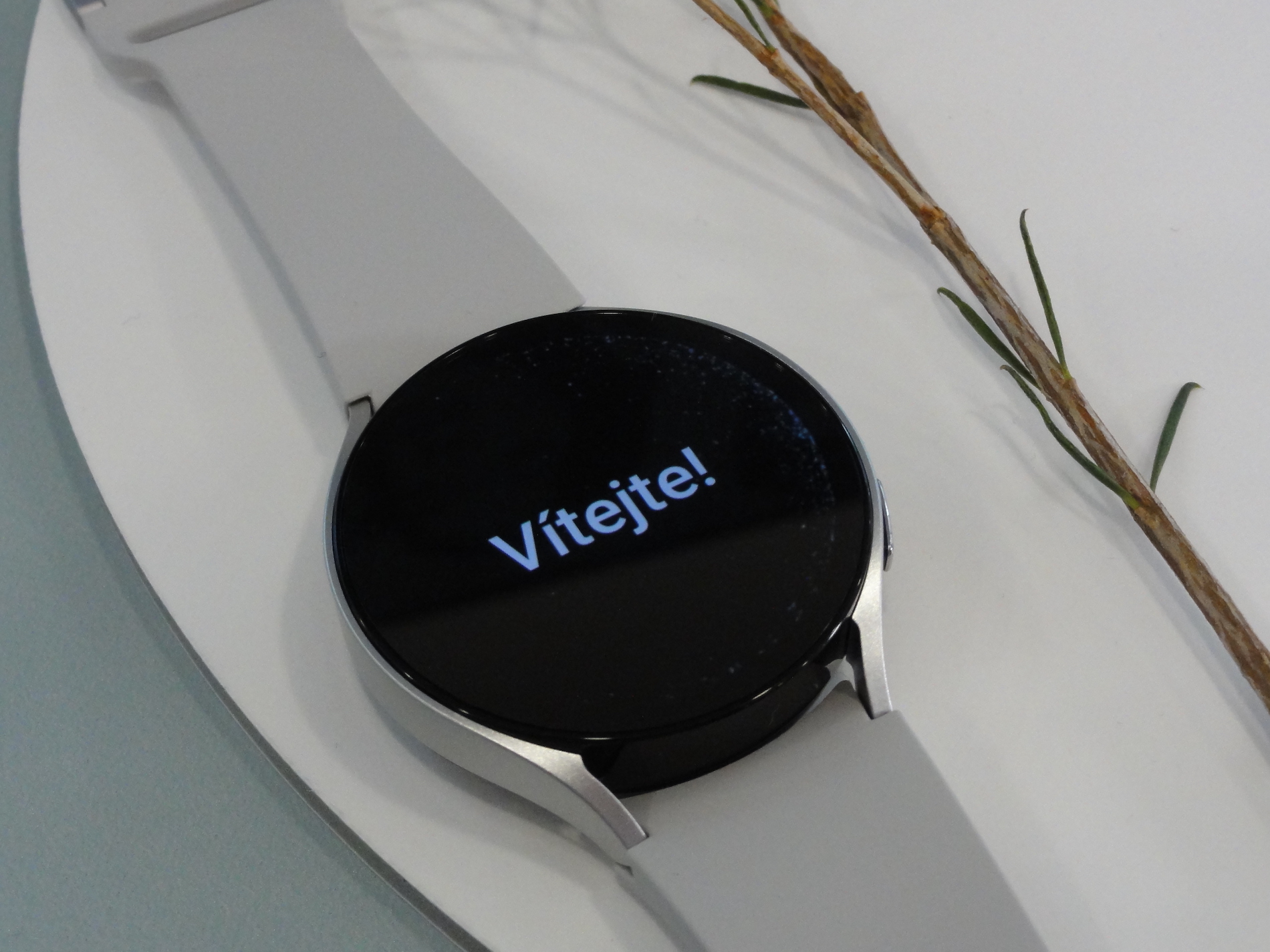
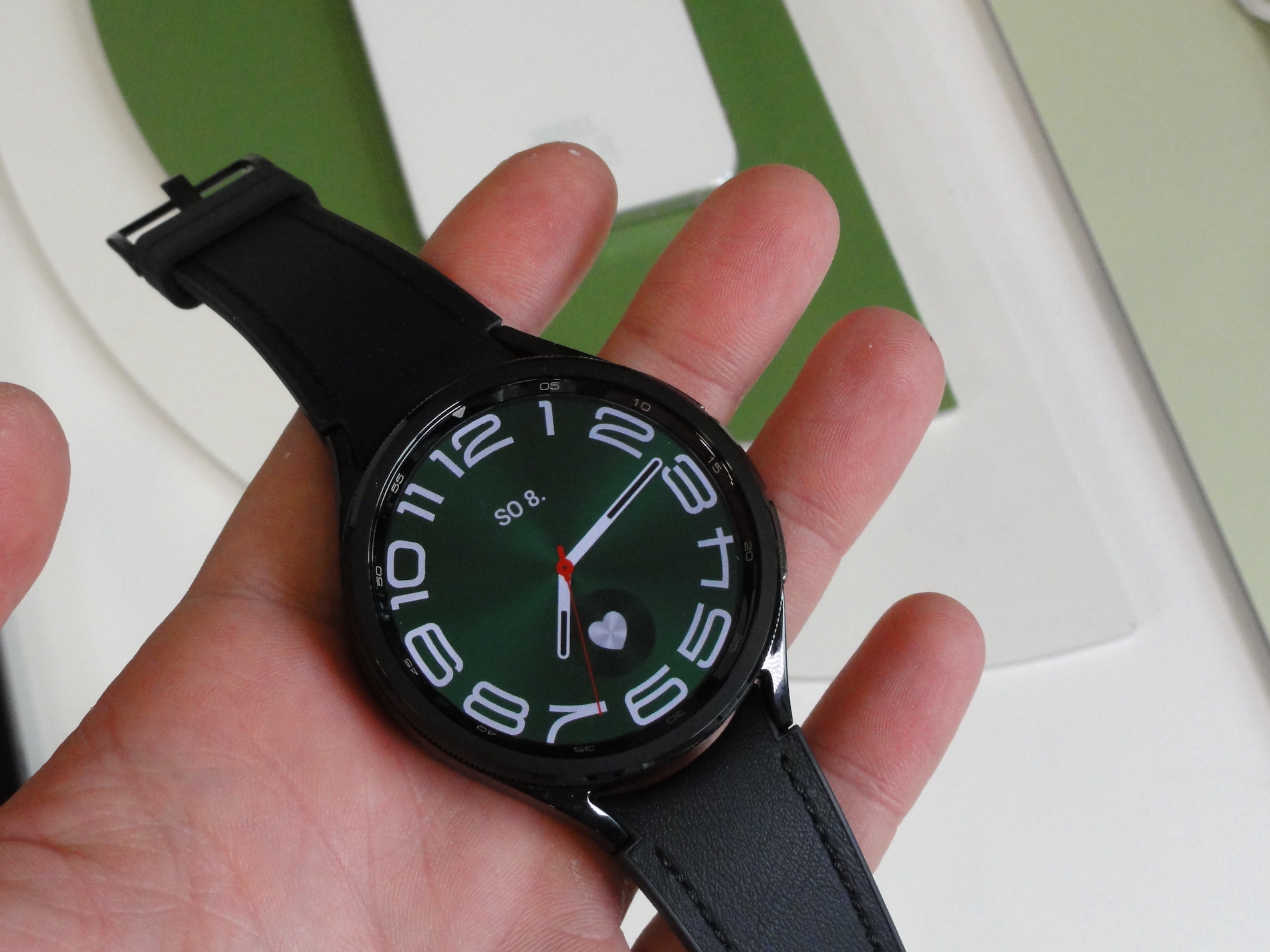
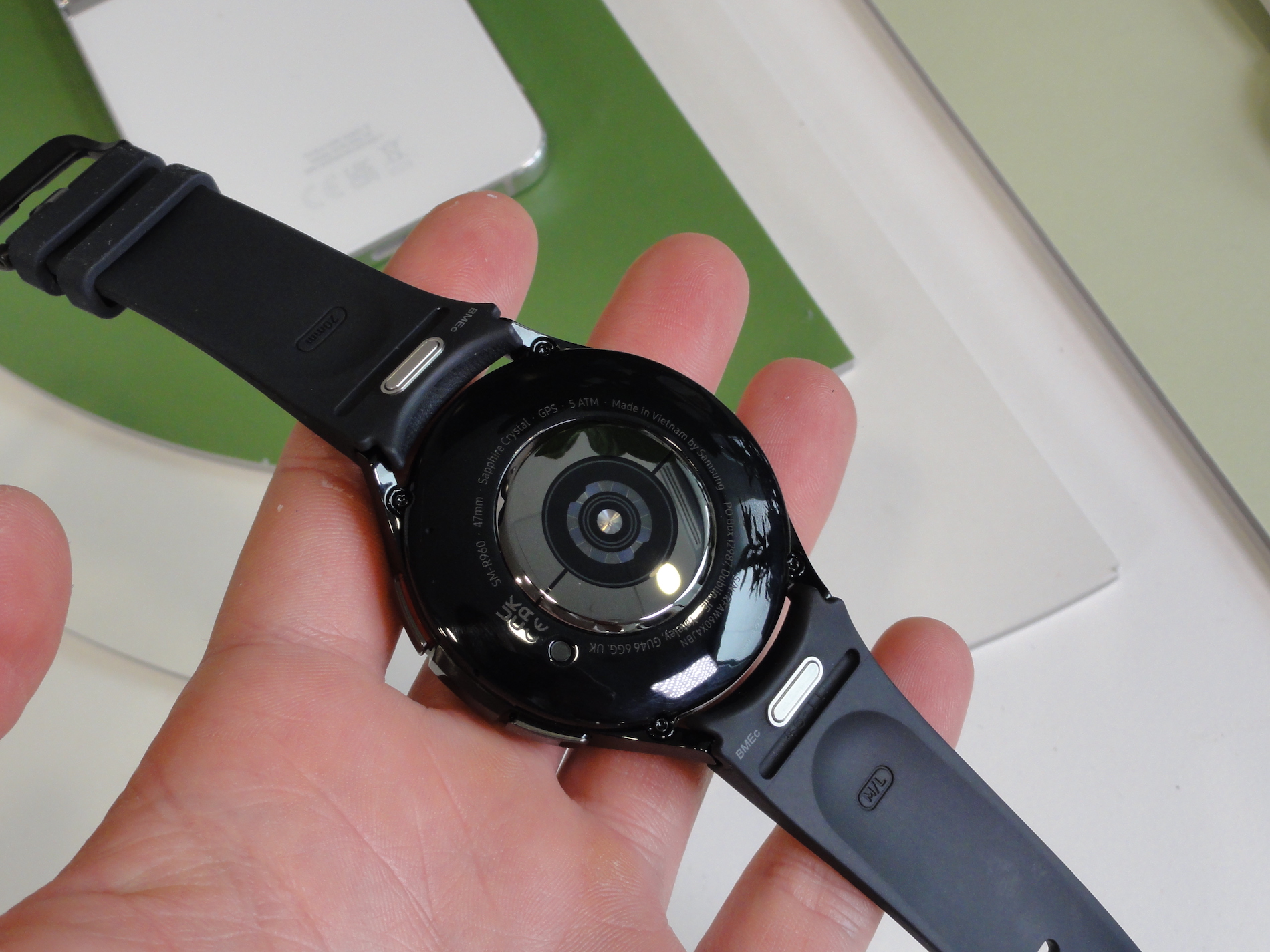
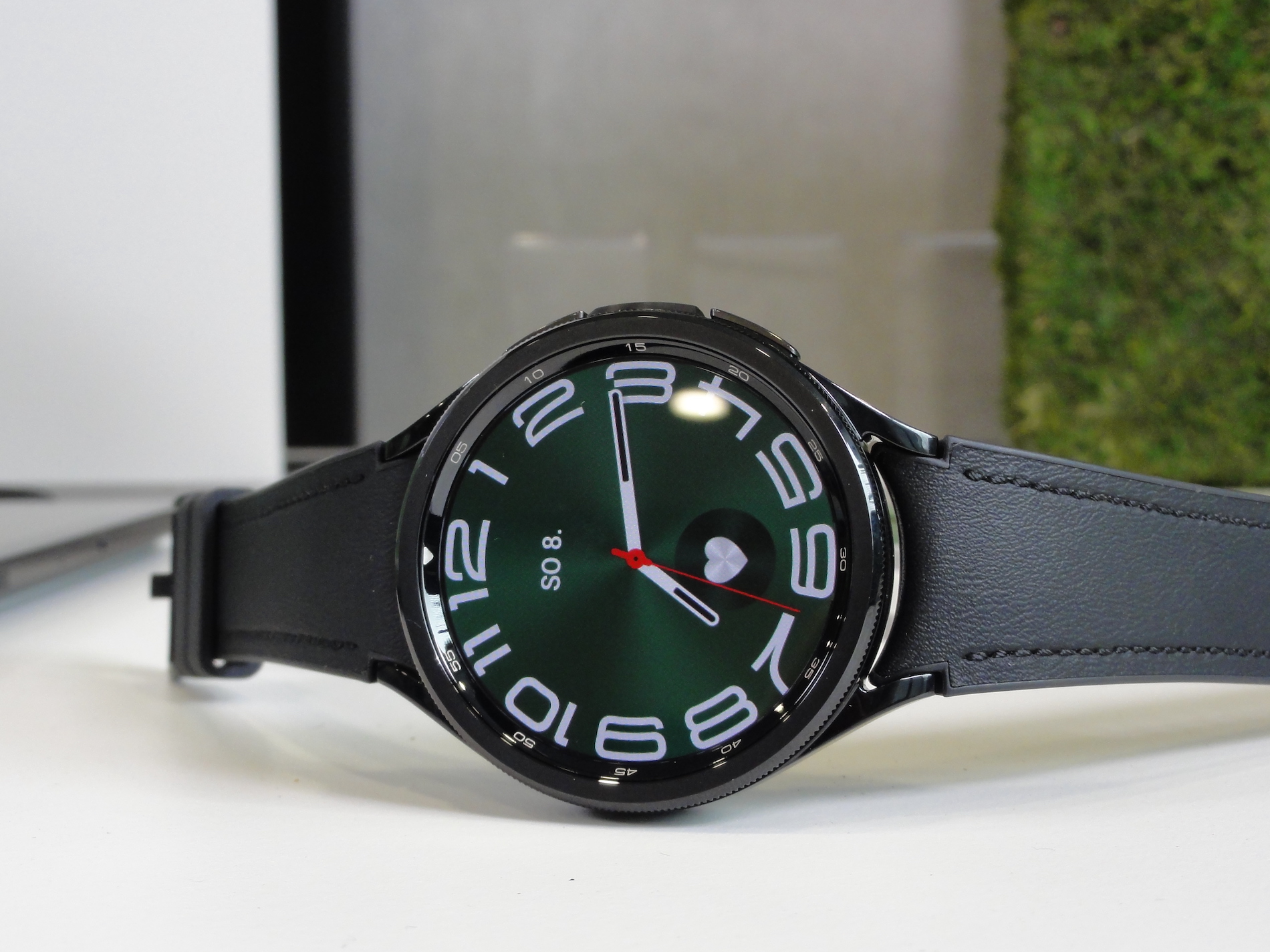
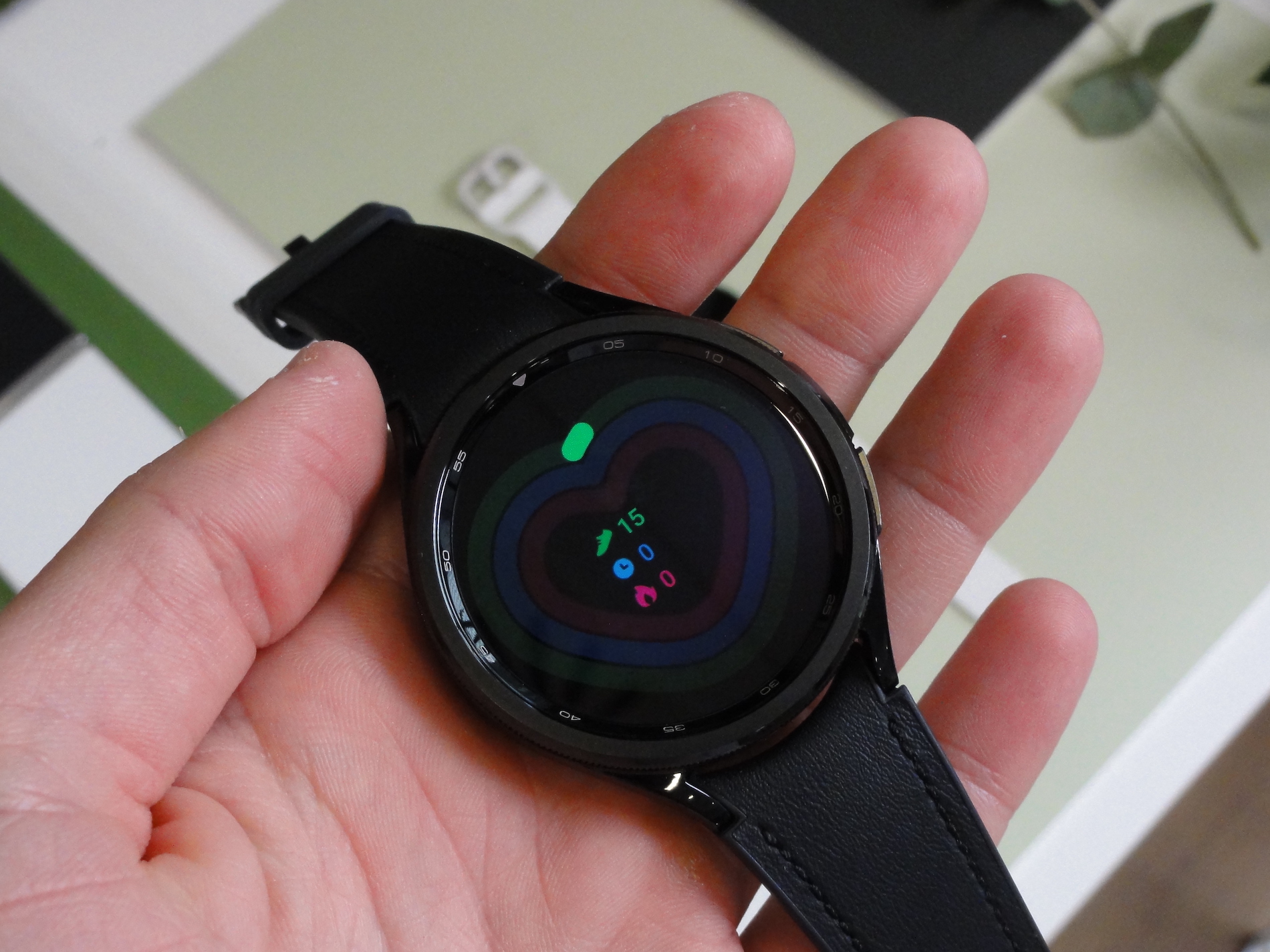
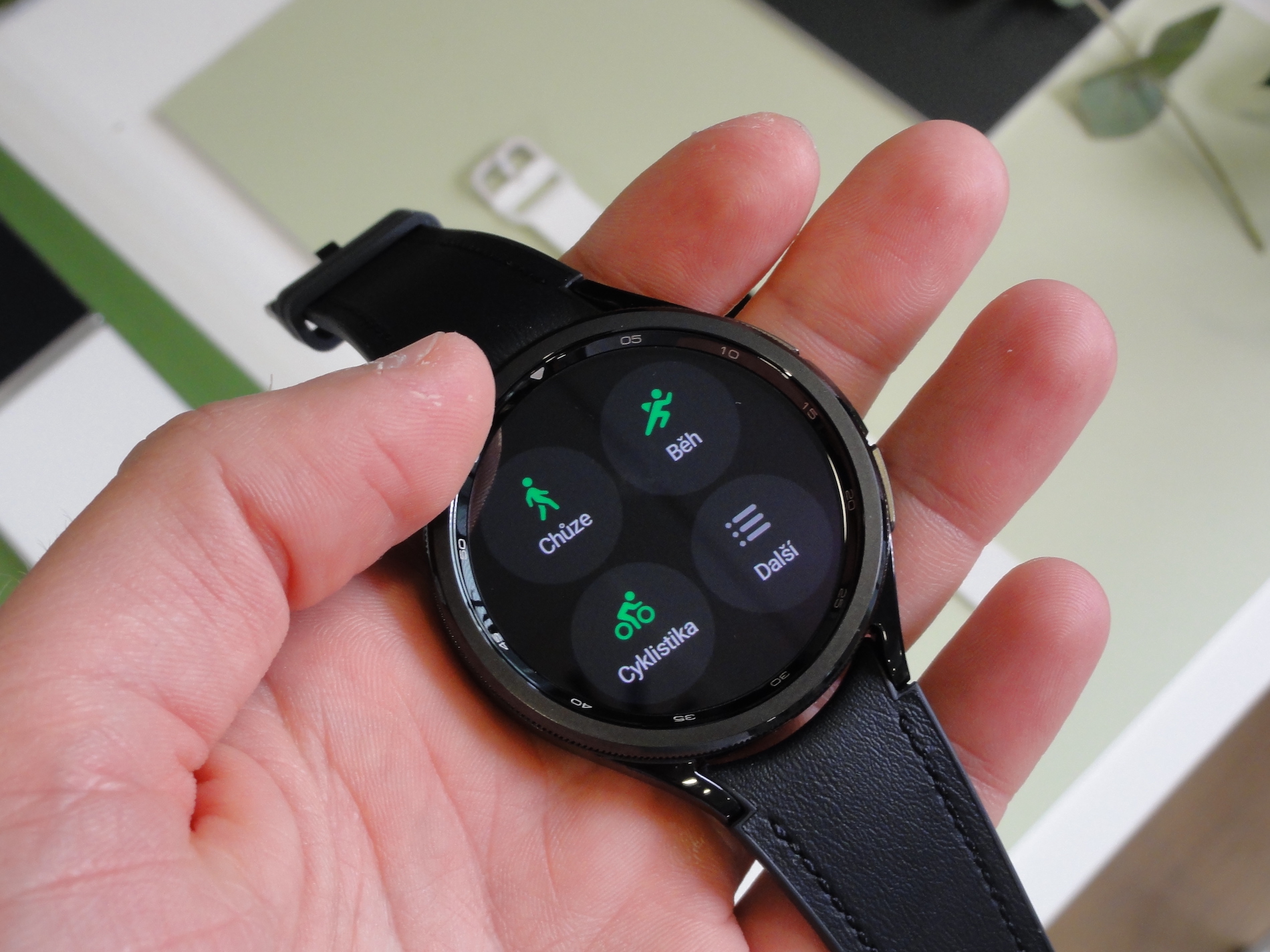
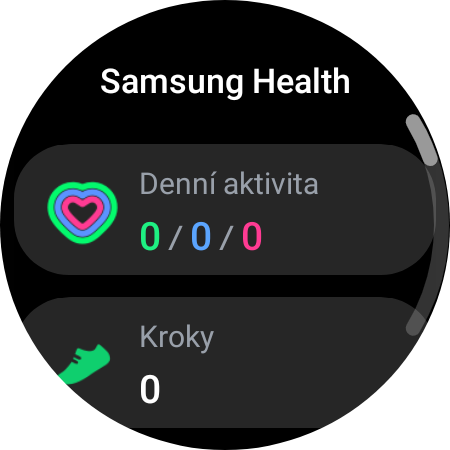
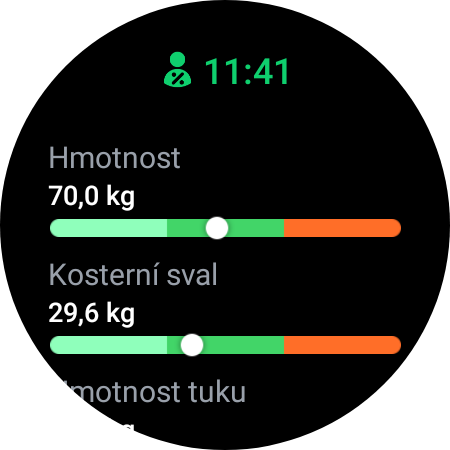
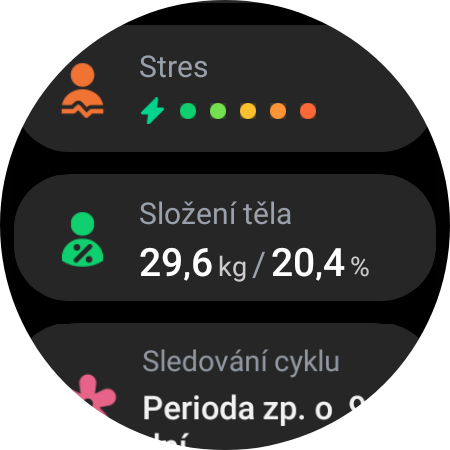

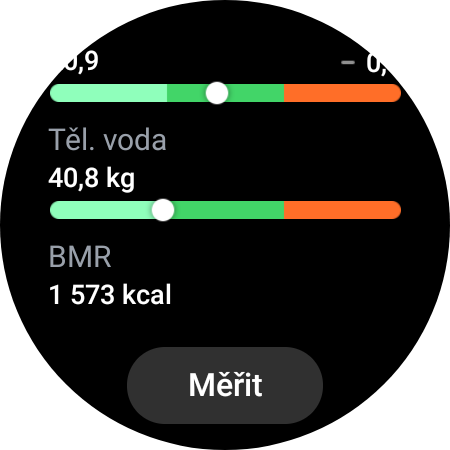
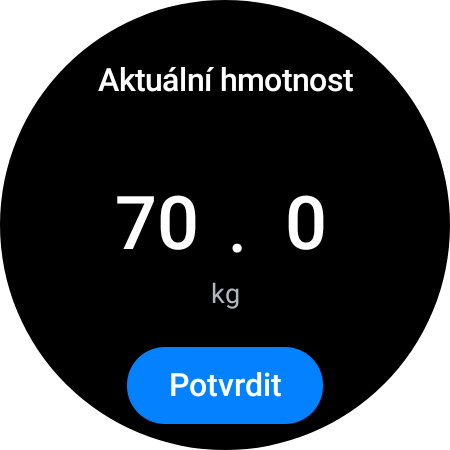




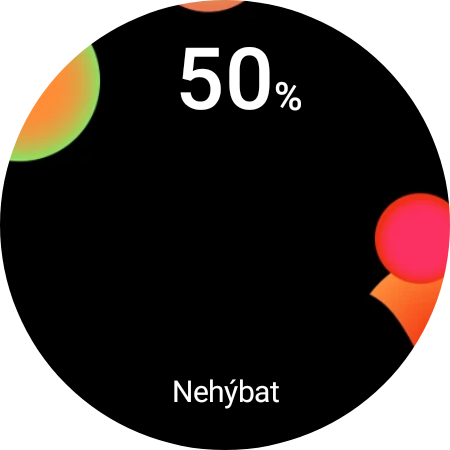
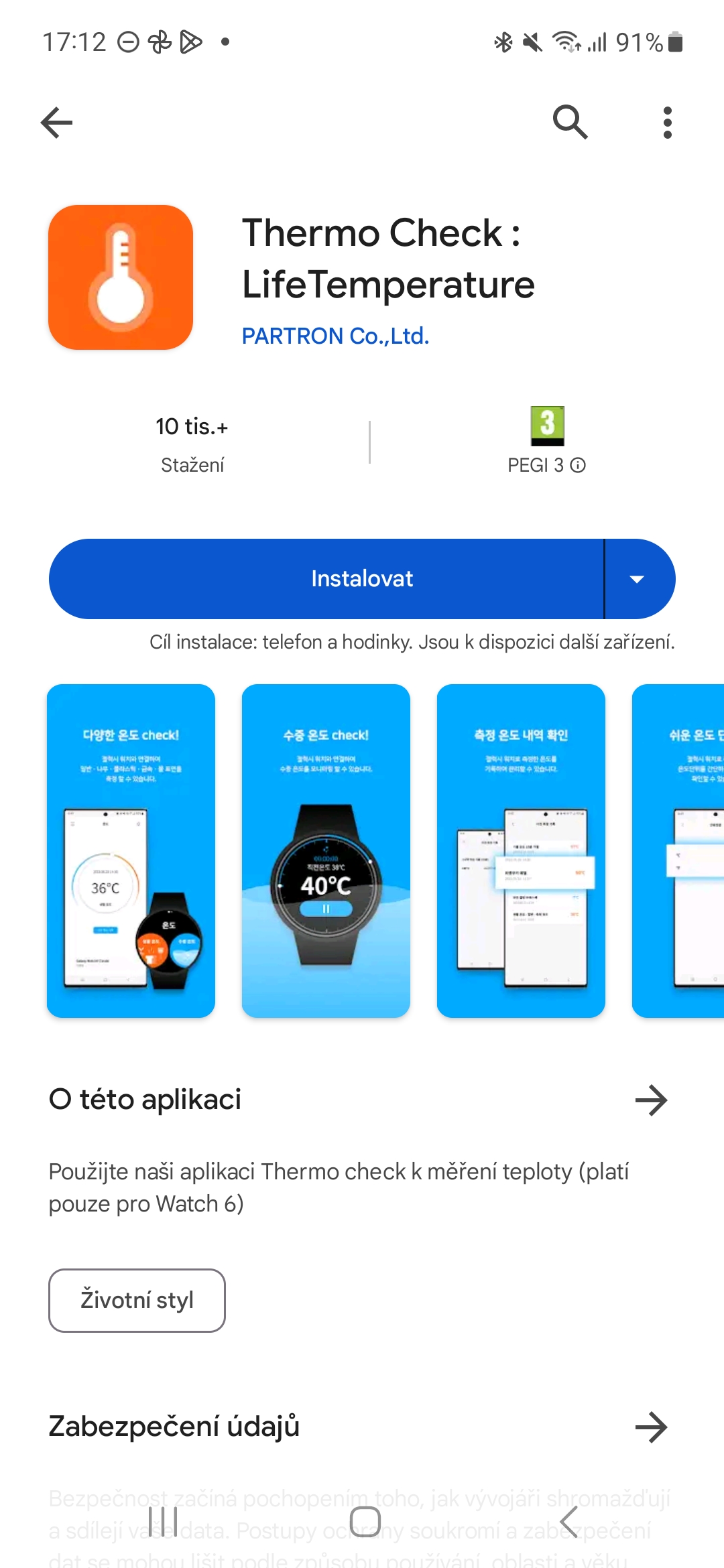


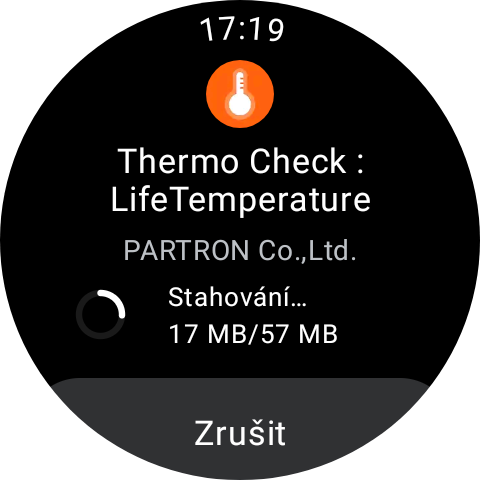
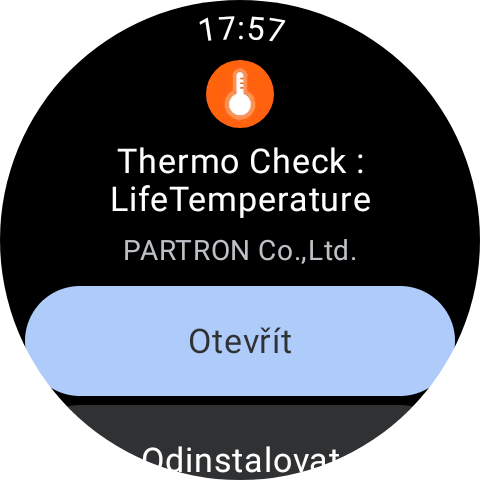

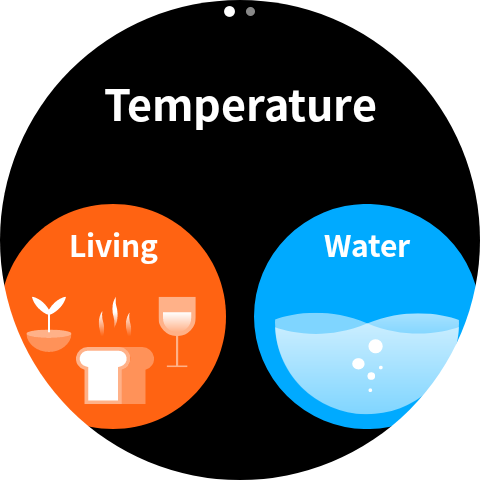
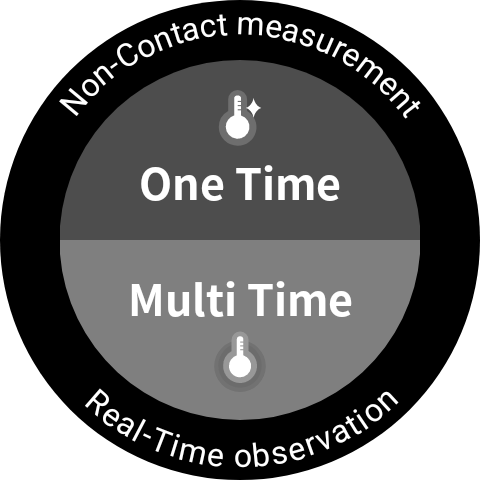

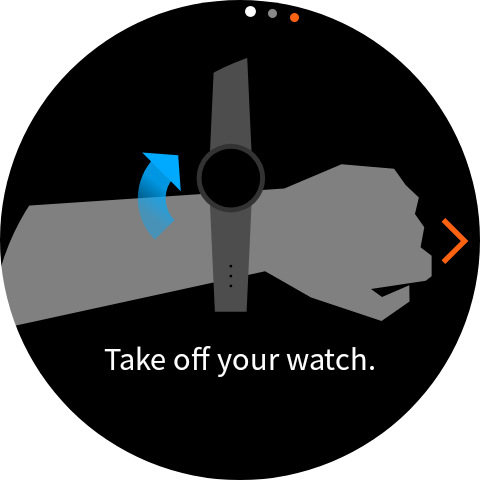
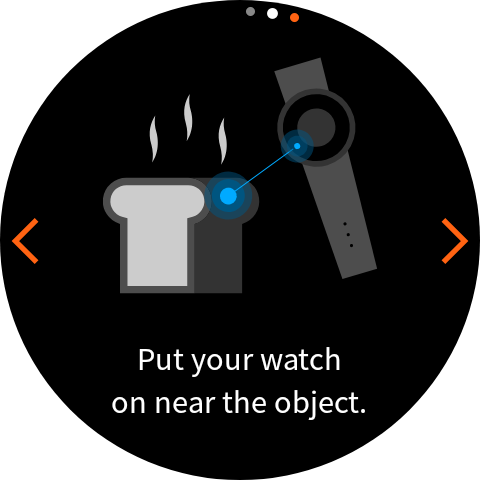
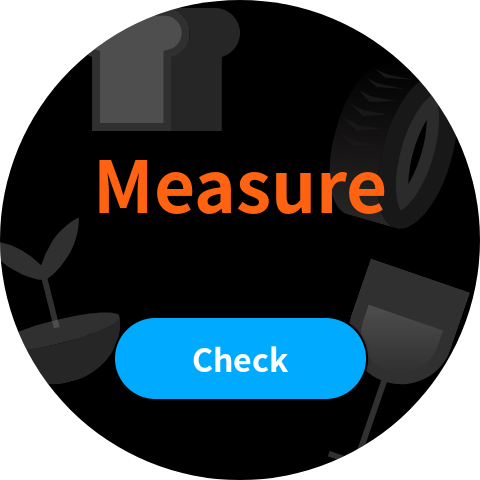

Interesting article.. I enjoyed reading it 👍🏽
How do smartwatches non-invasively measure blood sugar? I have already seen such a watch on Aliexpress.